Enjoy a one-day city tour bus through Jeonju and Wanju!
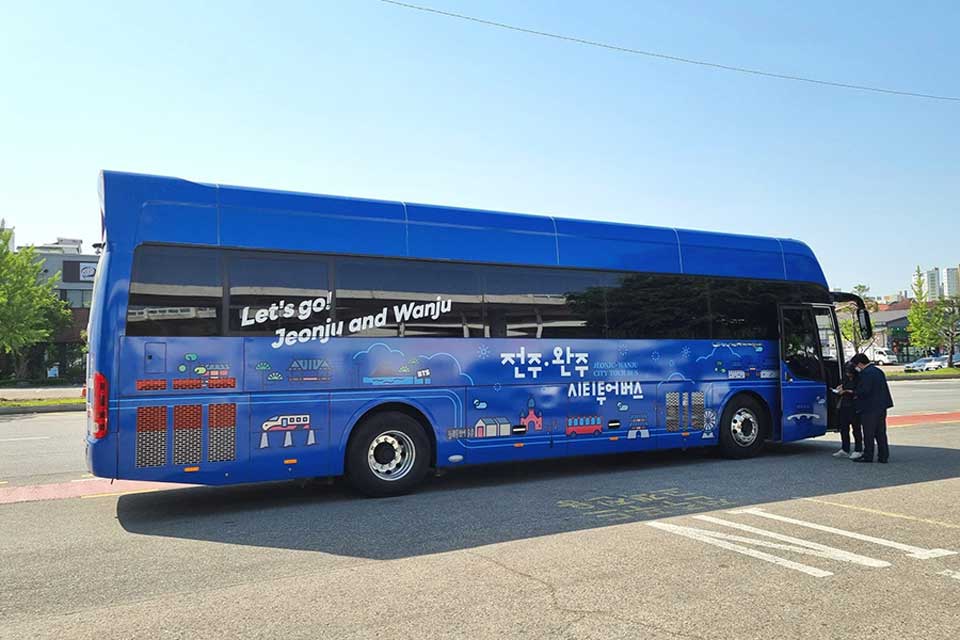
The <Jeonju-Wanju City Tour Bus>, running from May to November 2024, allows you to visit all the tourist attractions of Jeonju and Wanju in just one day!
The ‘Jeonju-Wanju City Tour Bus’ offers not only a tour guide but also site-specific commentators, providing an opportunity to learn historical details about Jeonju that even locals may not know!
Next, I’ll introduce the one-day tour you can enjoy with the Jeonju-Wanju City Tour Bus!
“Enjoy a day on the Jeonju-Wanju City Tour Bus”
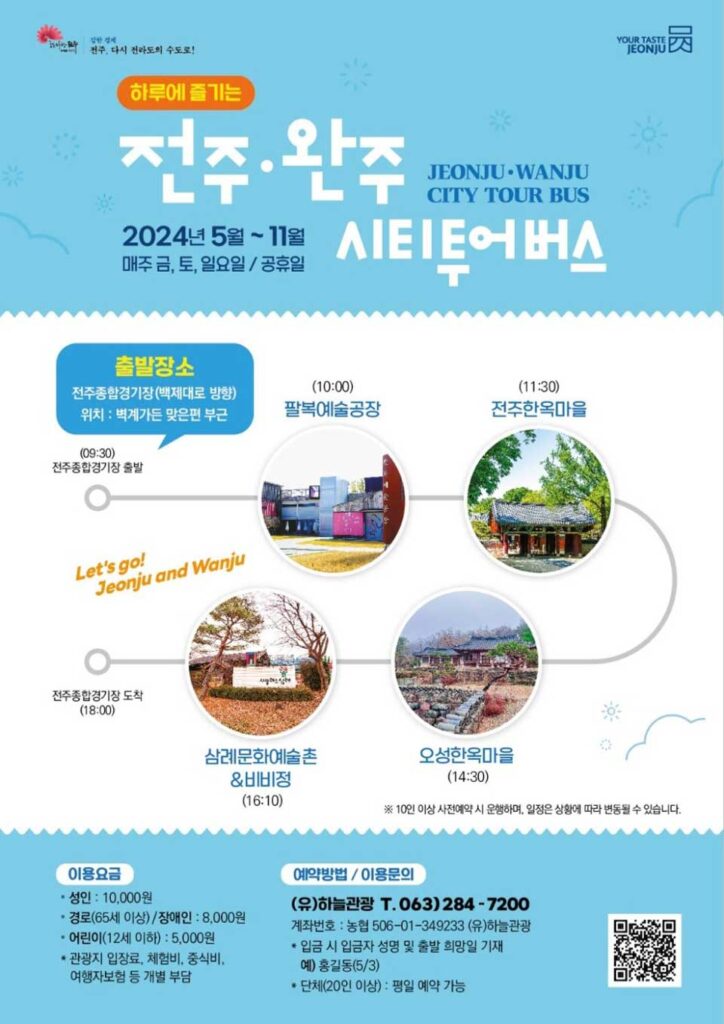
Jeonju-Wanju City Tour Bus
▶ Period : May to November 2024 (Available every Friday, Saturday, Sunday, and on public holidays)
▶ Route : Starts at Jeonju Stadium – Factory of Contemporary Arts in Palbok – Jeonju Hanok Village – O Sung Hanok Village – Samnye Culture Art Village & Bibijeong Pavilion – Ends at Jeonju Stadium
▶ Time : 9:30 AM to 6:00 PM
▶ Usage Fees :
– Adults: 10,000 KRW
– Seniors (65 and older) / Disabled: 8,000 KRW
– Children (12 and older): 5,000 KRW
*Costs for entrance to tourist sites, activities, lunch, and traveler’s insurance are paid separately
▶ How to Reserve : Call 063-284-7200 (Sky Tourism)
Please include the depositor’s name and desired departure date when making a deposit
*Example: Gil Dong Hong (5/15)
*Group bookings (20 or more people) can be made on weekdays’

The ‘Jeonju-Wanju City Tour Bus’ starts at Jeonju Stadium, located near Jeonbuk National University.
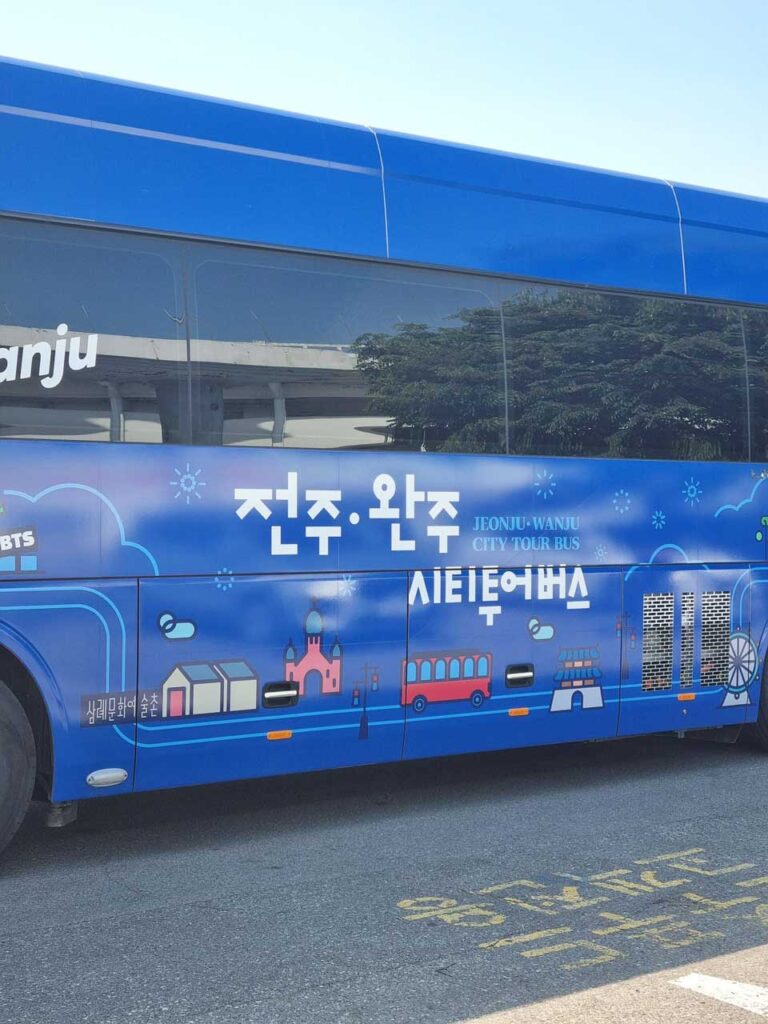
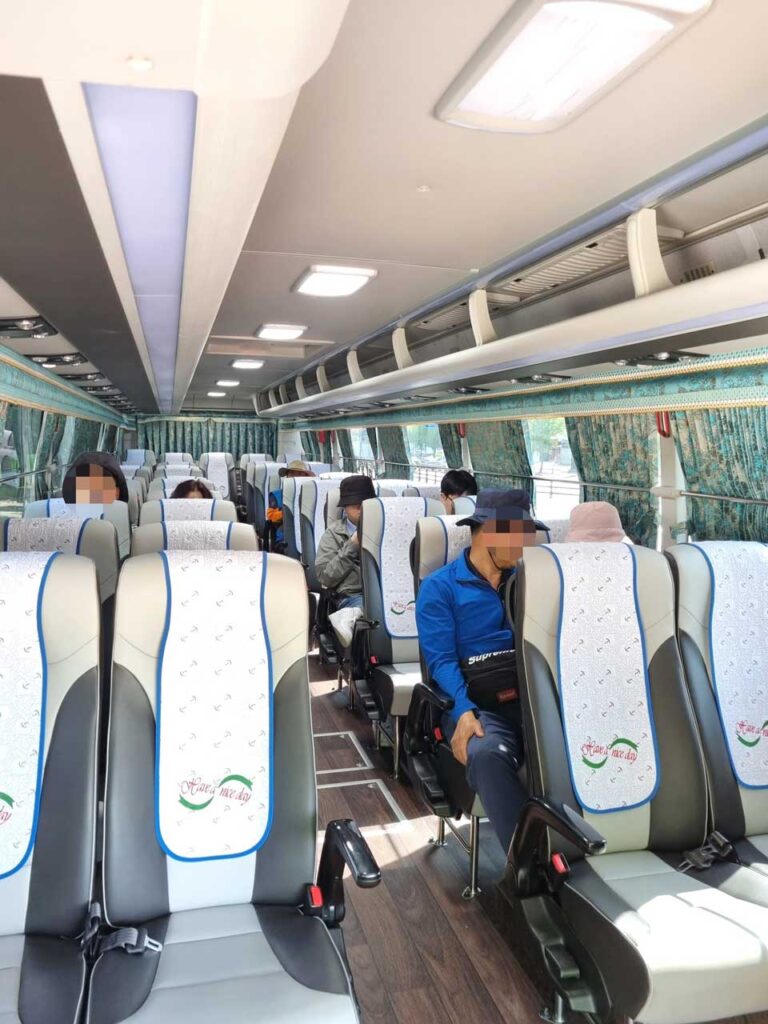
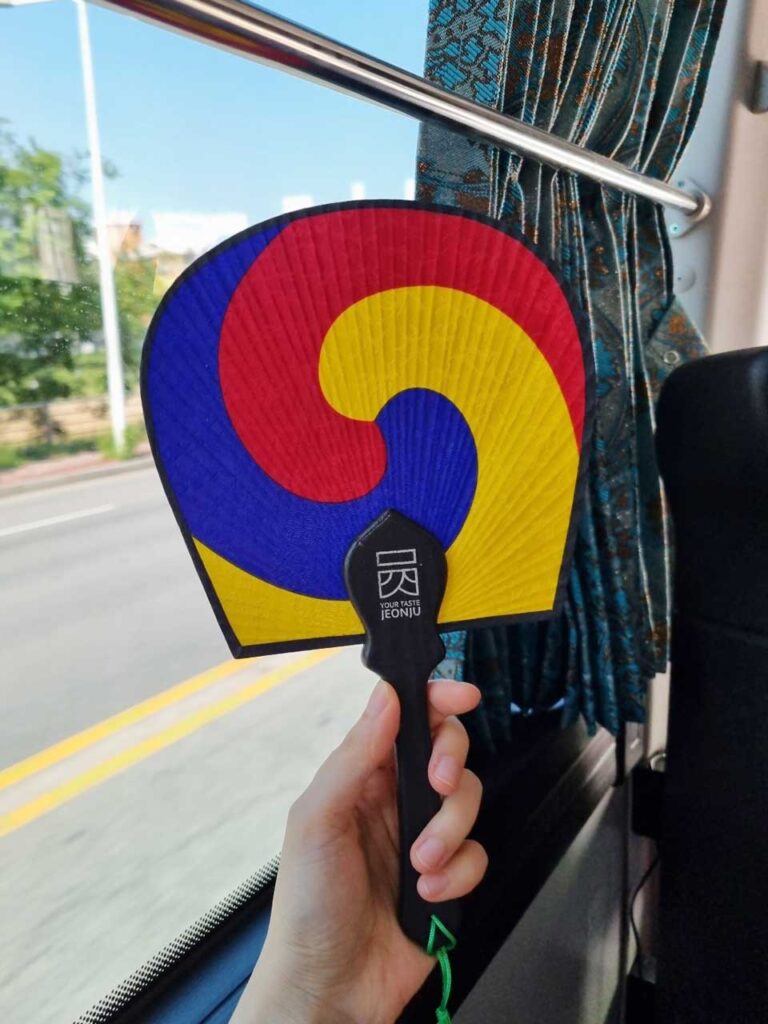
The journey in a beautifully decorated, large bus with a comfortable interior made the trip enjoyable.
Riders of the Jeonju-Wanju City Tour Bus receive a special gift! I got a traditional patterned fan.
The fan was lightweight, beautifully colored, and practical, making it incredibly useful throughout the tour.
1. Factory of Contemporary Arts in Palbok
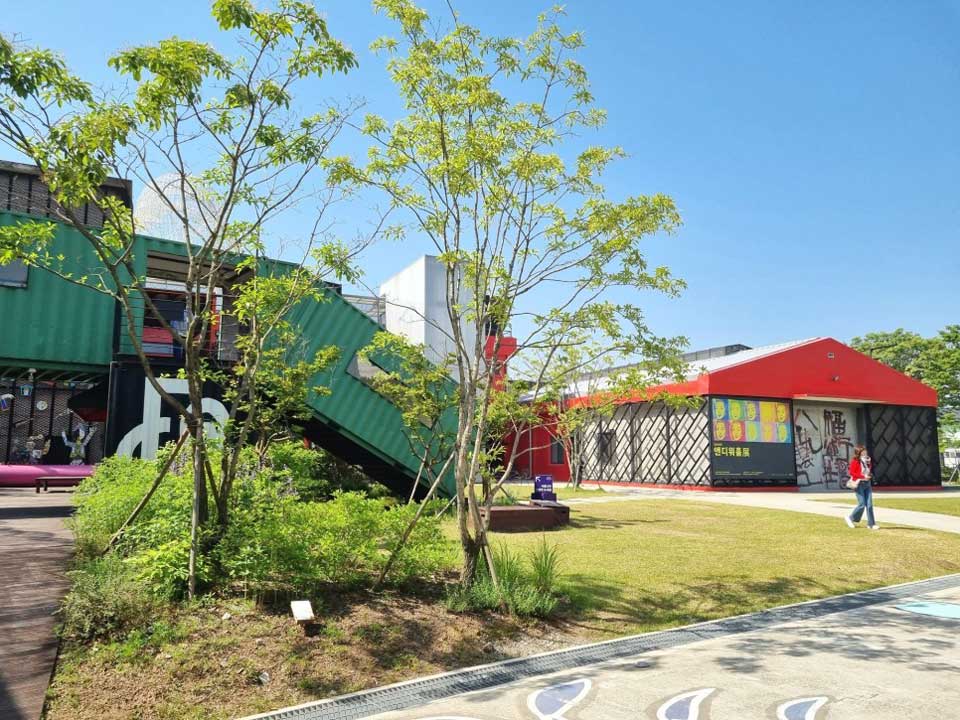
The Factory of Contemporary Arts in Palbok, situated in Palbok-dong, Jeonju, is the first destination on our city tour!
Formerly a cassette tape factory from 1979 until the early 1990s, this facility has been transformed into an arts factory where various exhibitions and art events are hosted.
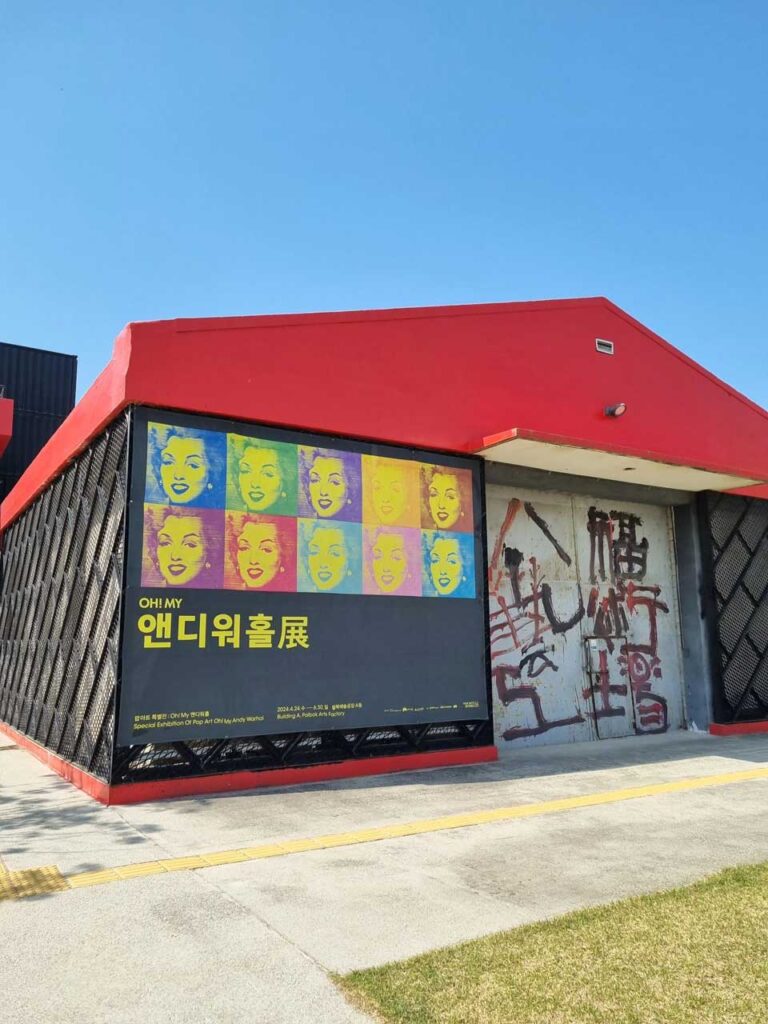
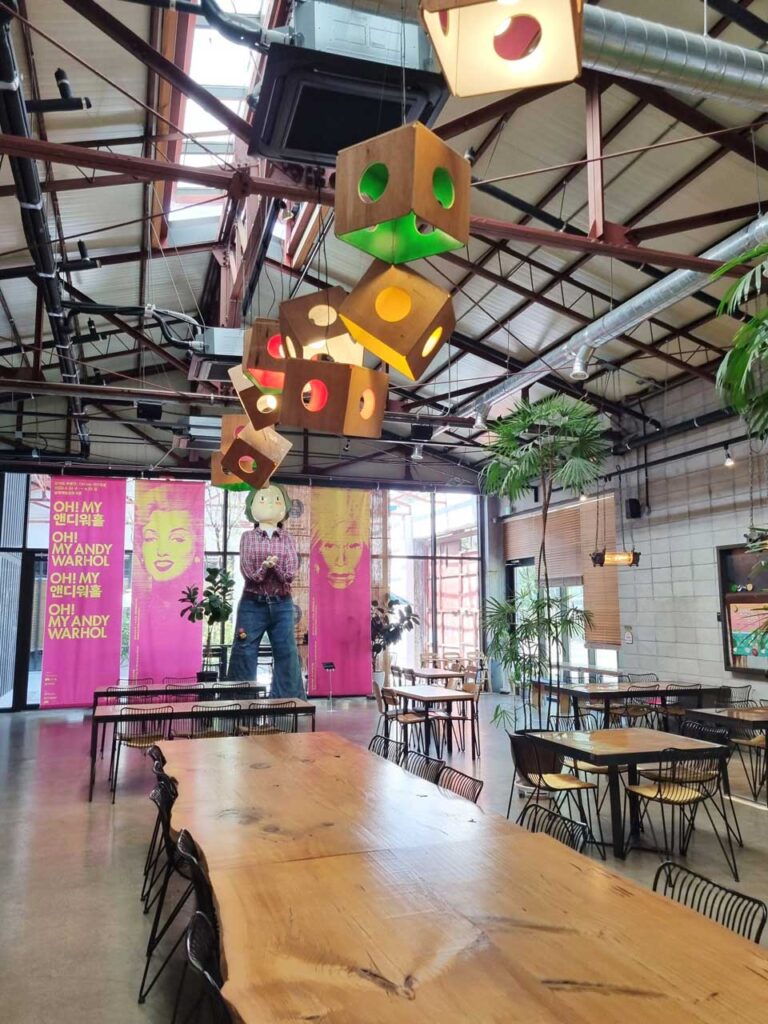
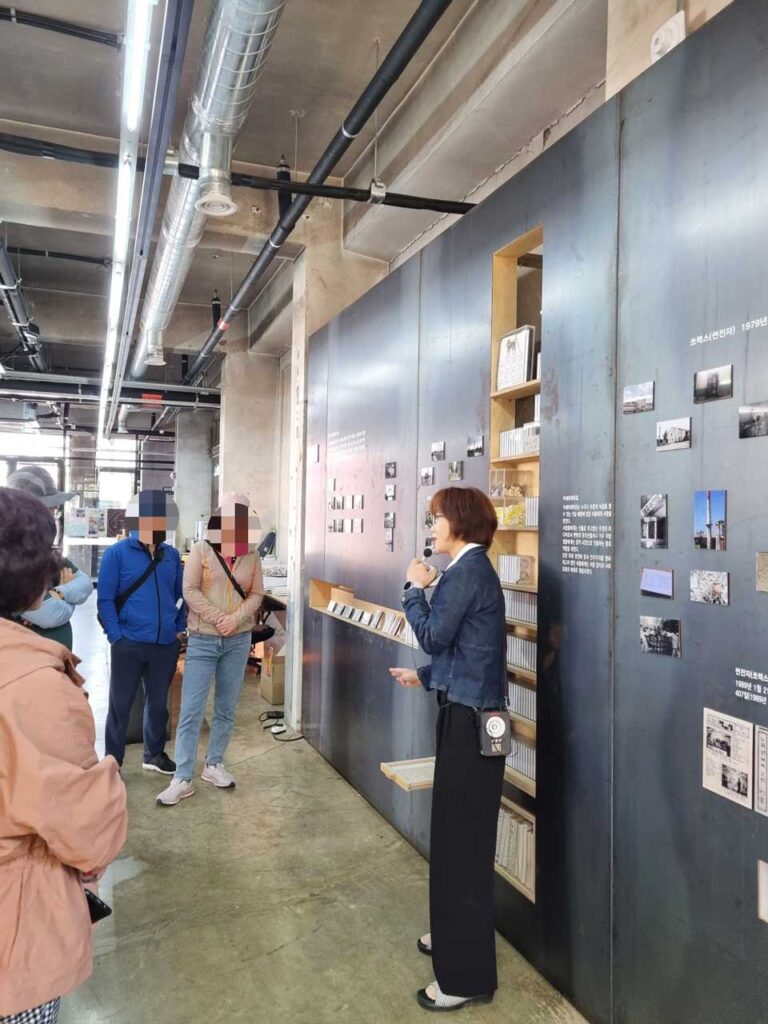
Each April, the area near the railway lined with blooming poplar trees becomes a favorite spot for photographers. Inside, the facility includes exhibition spaces converted from the old factory, Sunny Cafe, and studios for resident artists.

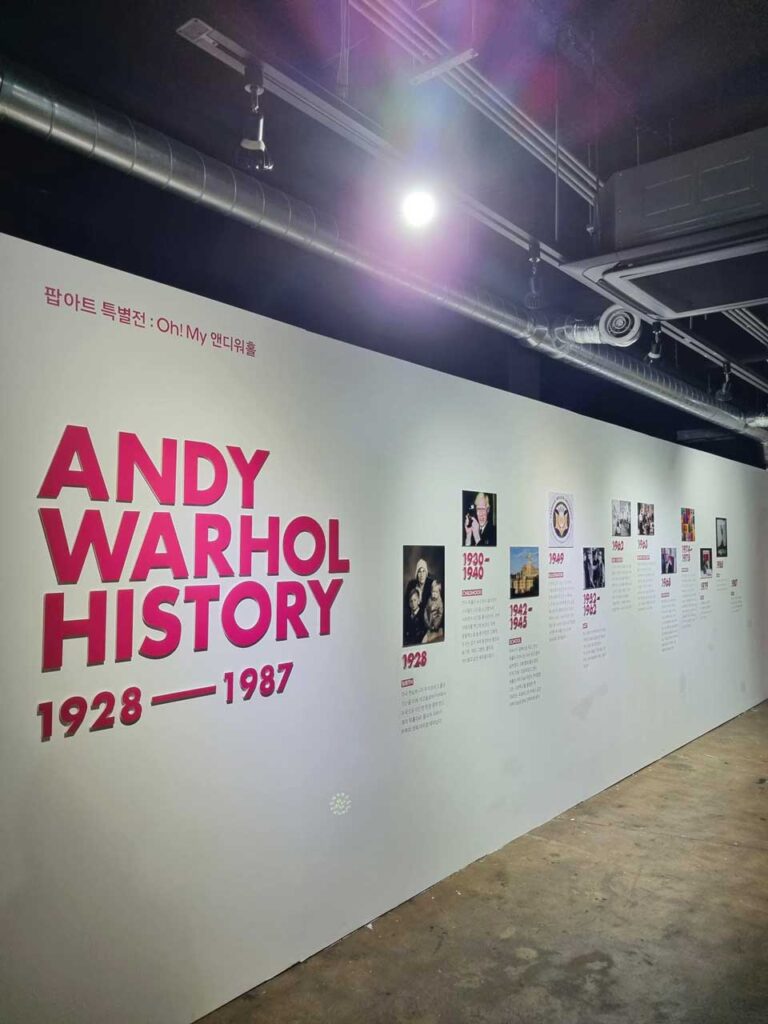

Our guide gave us an engaging overview of the history of the Palbok Arts Factory, touching on the cassette tapes that were produced here, the workers’ records, and some recreated video materials.
The <OH! MY Andy Warhol> exhibition is being held on the second floor of Building A at the Palbok Arts Factory. We enjoyed exploring the exhibition, guided by the curator’s insightful explanations.
Andy Warhol Exhibition: April 24 to June 30, 2024
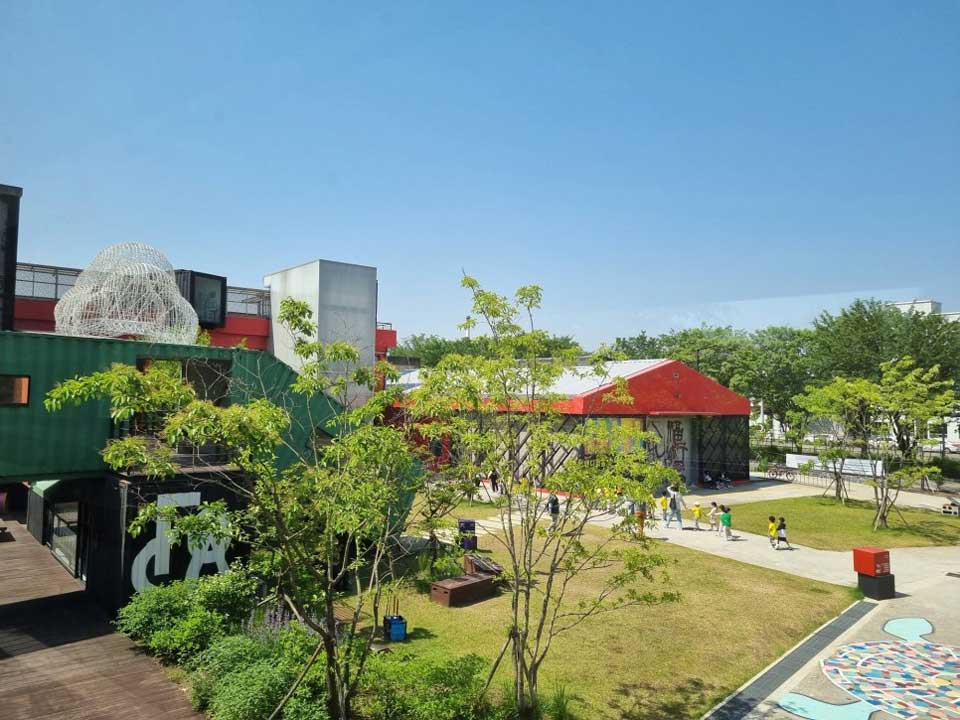
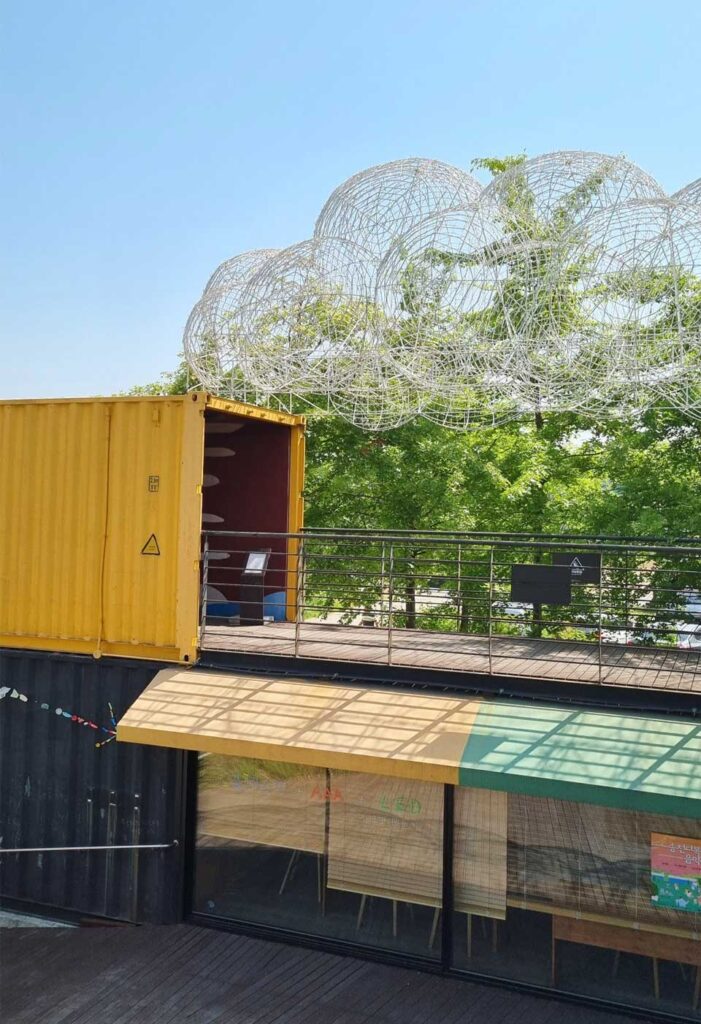
The sculptures that look like white clouds are meant to represent smoke from the factory’s chimneys. We walked across a bridge made from upcycled shipping containers to reach Building B.
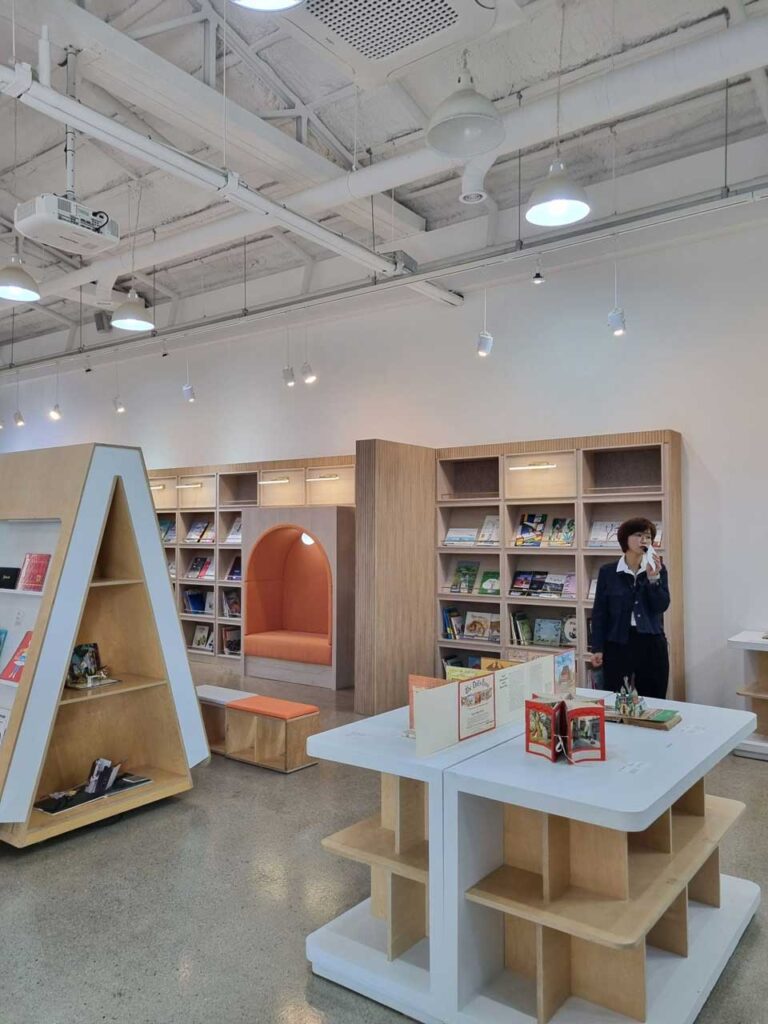

In Building B, we discovered a variety of pop-up books at the Fringetree Picture Book Library and took the opportunity to explore other facilities such as the ‘Dreaming Art Ground’ at the Factory of Contemporary Arts in Palbok.
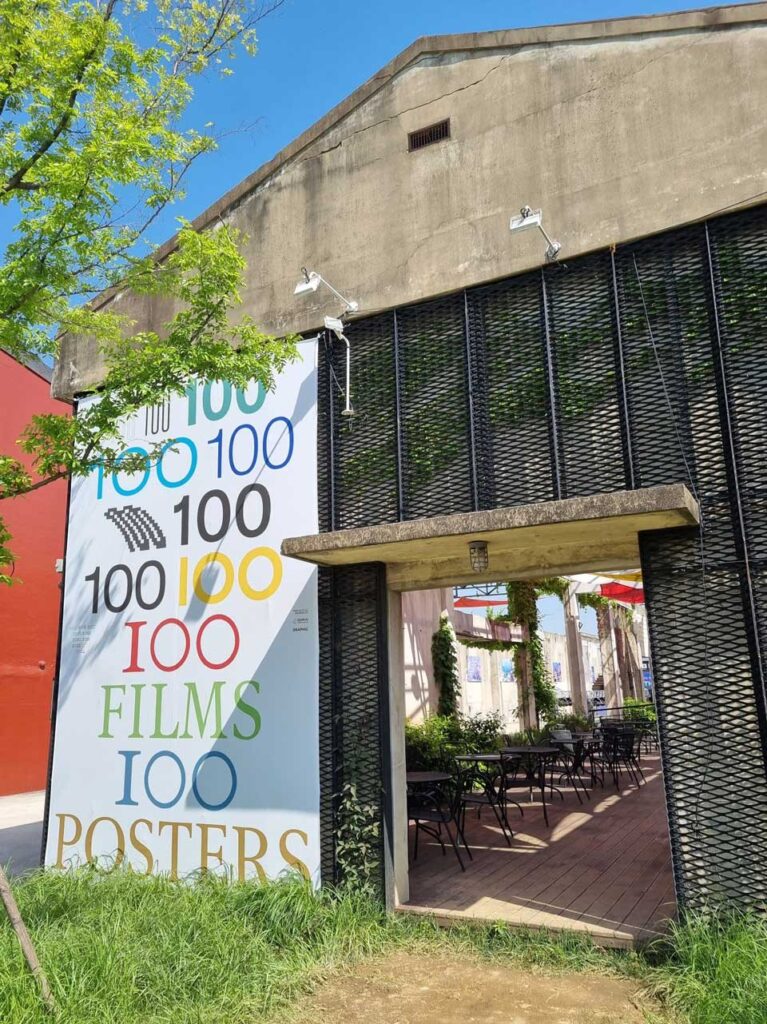
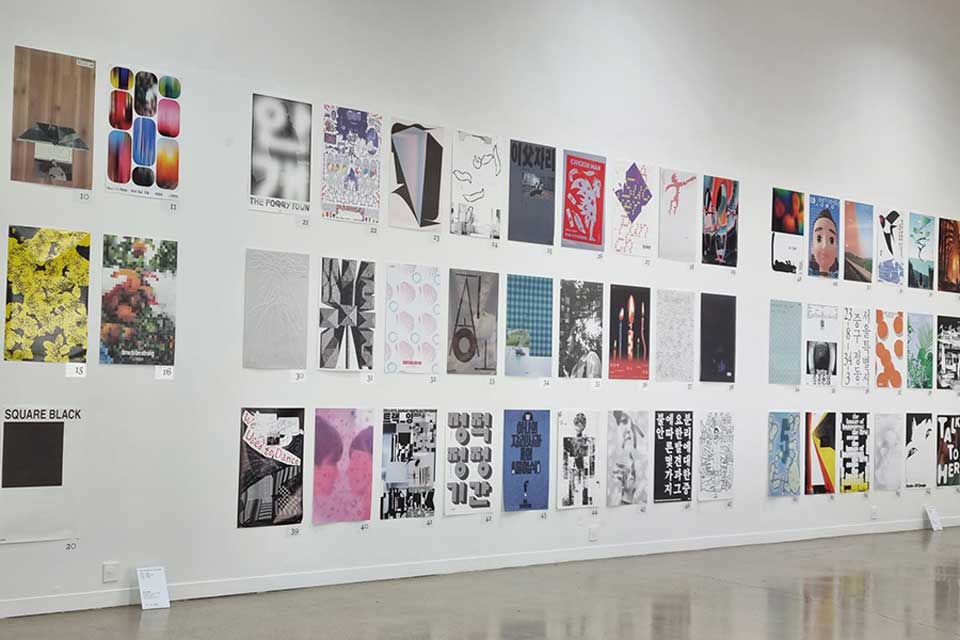
The ‘100 Posters’ exhibition, part of the Jeonju International Film Festival, concluded on May 10, but I am looking forward to future exhibitions and events at this venue!
2. Jeonju Hanok Village
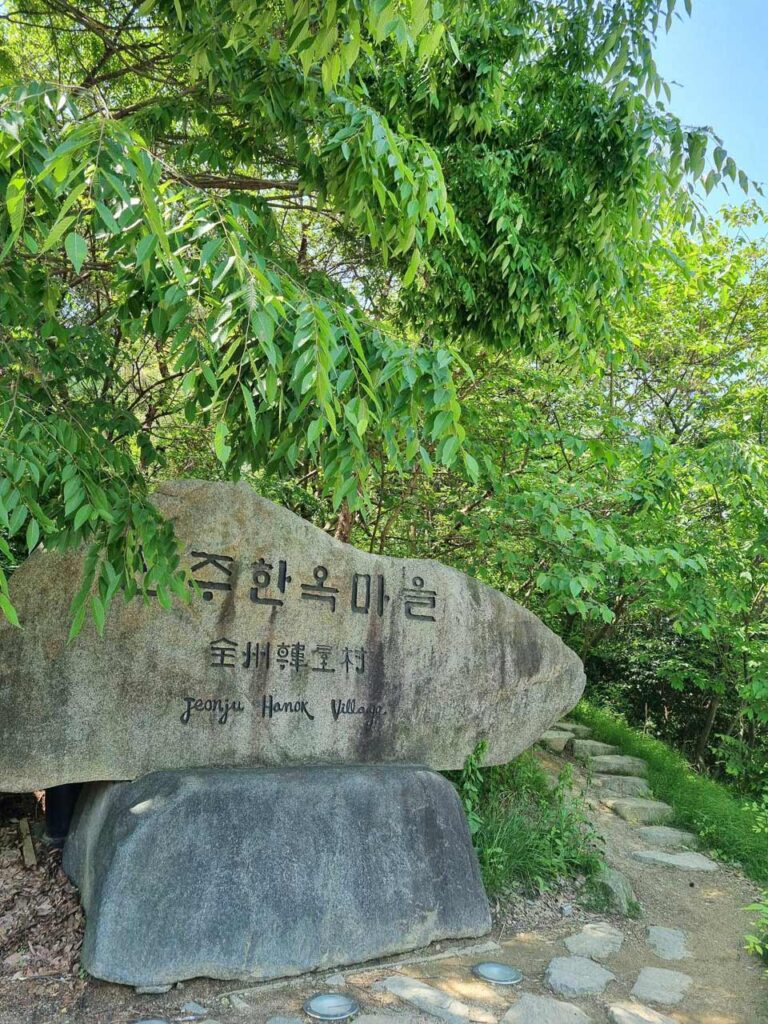
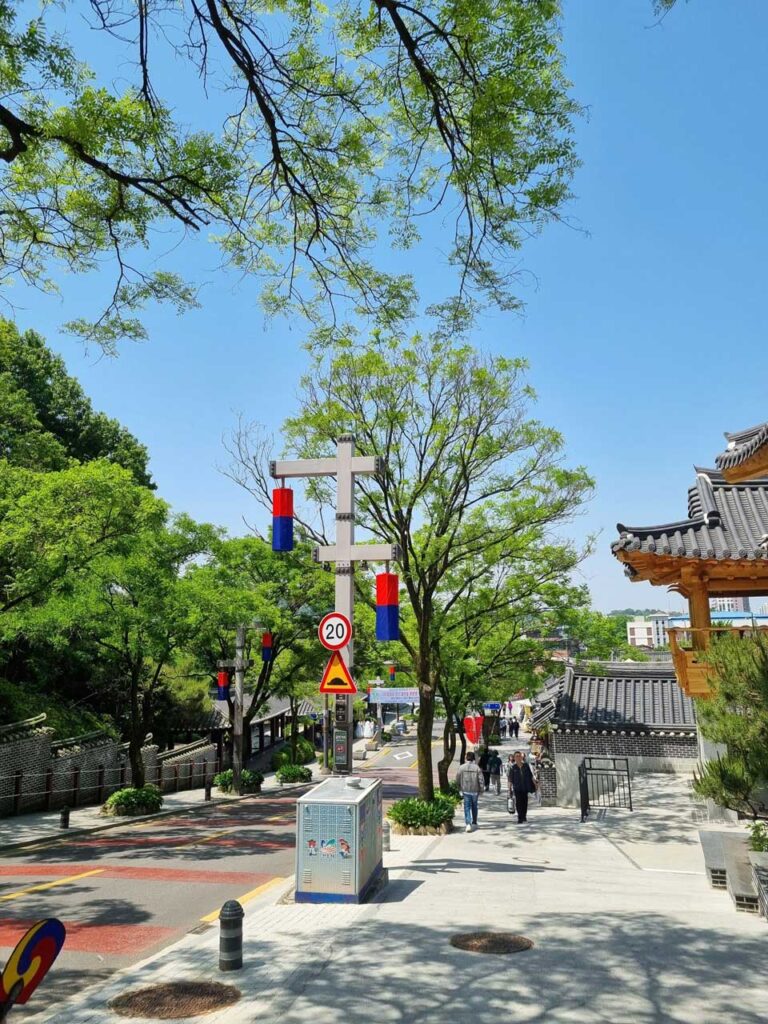
From the Factory of Contemporary Arts in Palbok, we made our way to Jeonju Hanok Village, a renowned tourist attraction in Jeonju.
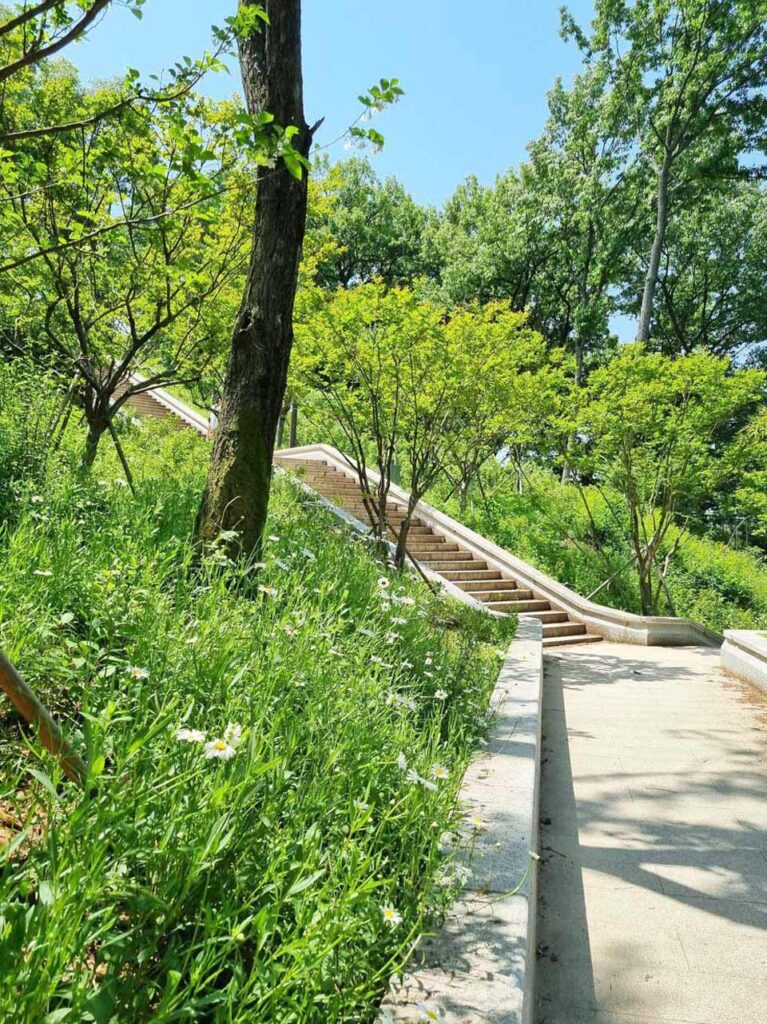
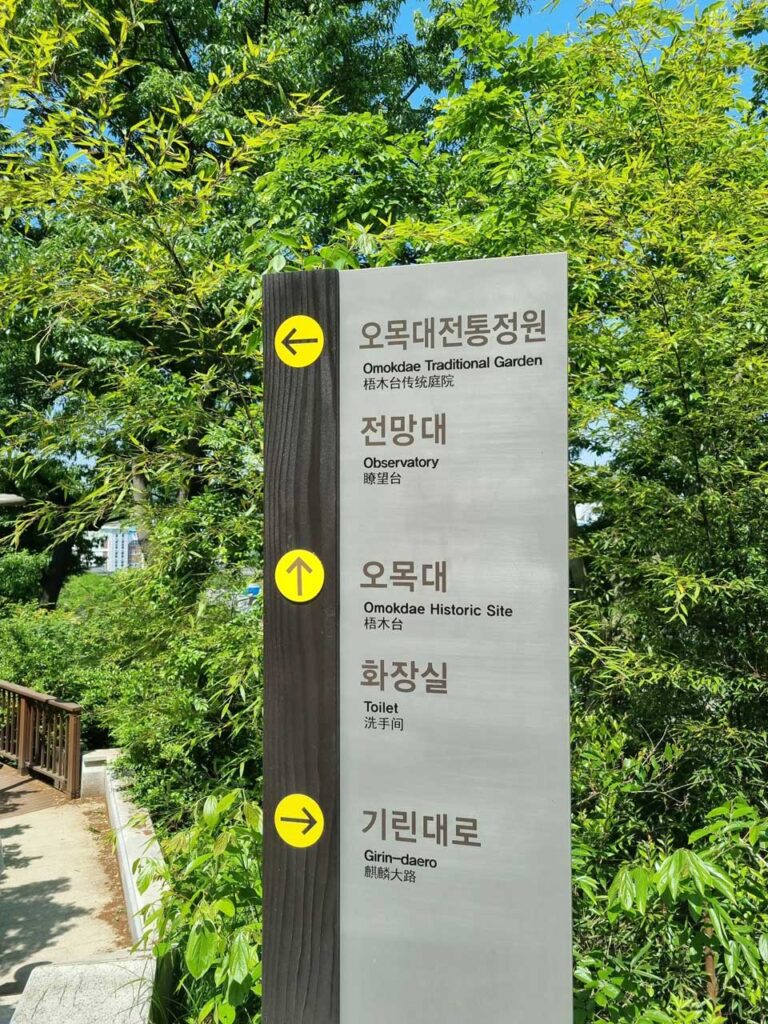
We walked the Omokdae Circular Trail to reach the Omokdae Pavilion. The trail was not too steep and was surrounded by lush greenery, making it a perfect walking route.

The view from Omokdae over Jeonju Hanok Village is breathtaking!
This village, the largest Hanok village in Korea with over 700 traditional houses, offers a stunning panorama of Hanok homes clustered together.
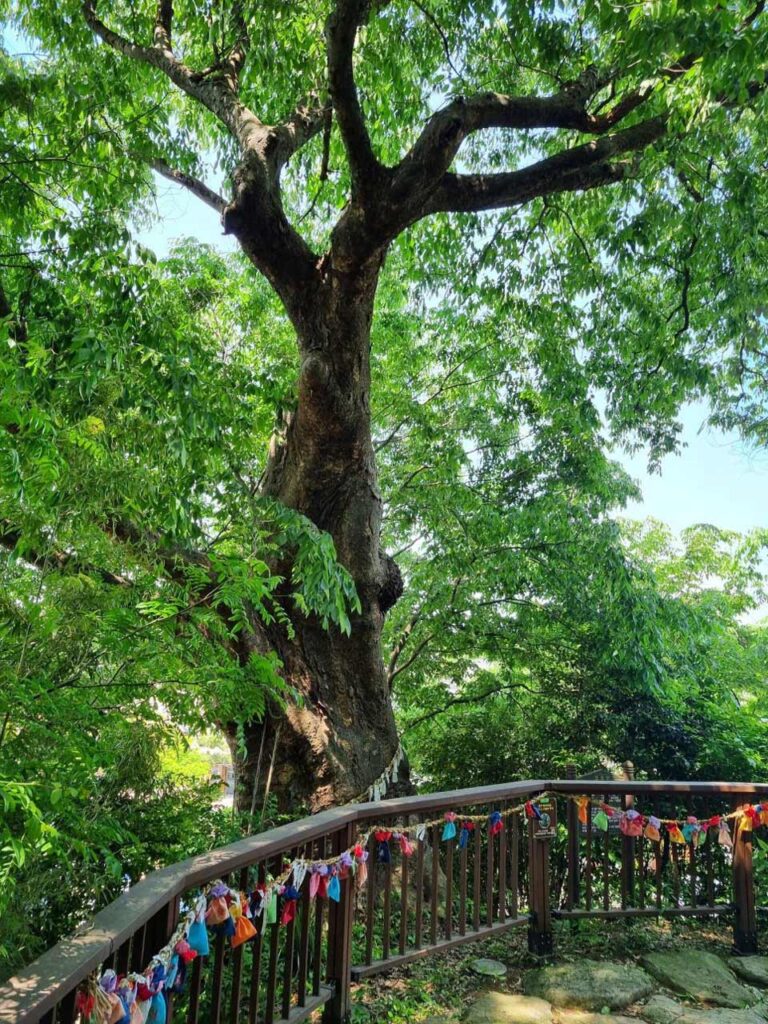
Here stands the 500-year-old sacred tree at Omokdae.
At the end of the hill overlooking Jeonju Hanok Village stands the sacred ‘Dangsan Tree,’ regarded as the guardian of the village.
Legend has it that wishes made near this tree come true, which explains why there are rows of lucky pouches hanging around it!
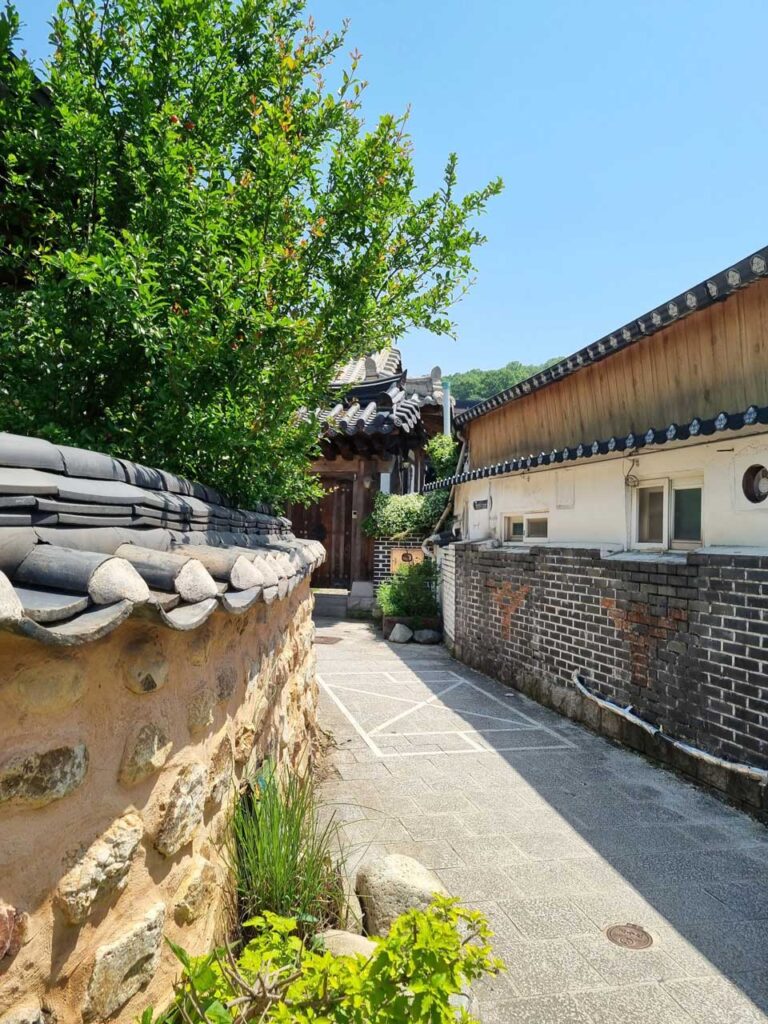
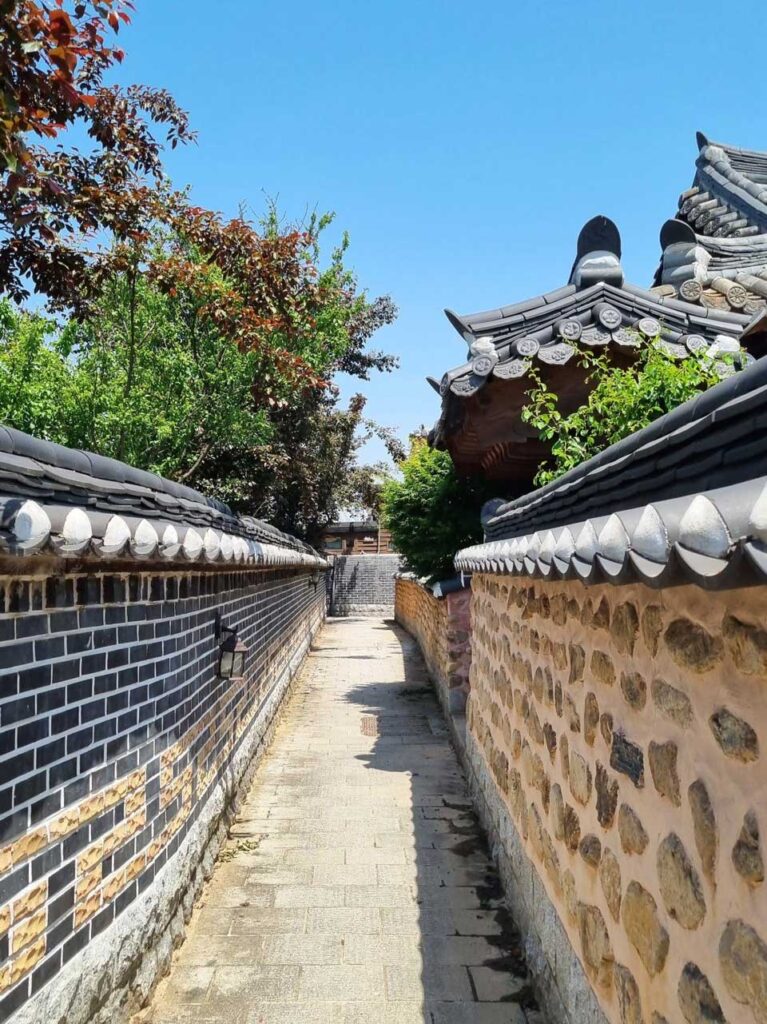
I participated in a guided alley tour of Jeonju Hanok Village.

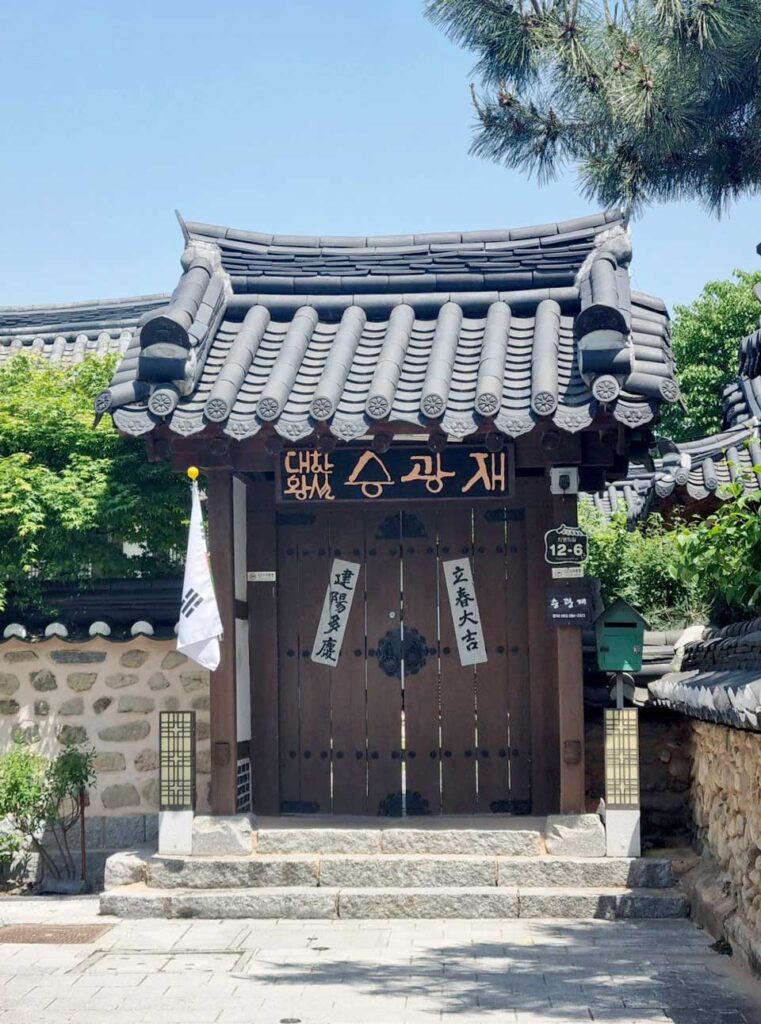
Through the loam walls, you can see ‘Seung-Gwangjae,’ a residence where descendants of the Korean royal family currently live.
On days when the doors are open, visitors can enter and view a collection of photographs documenting the royal family’s history.
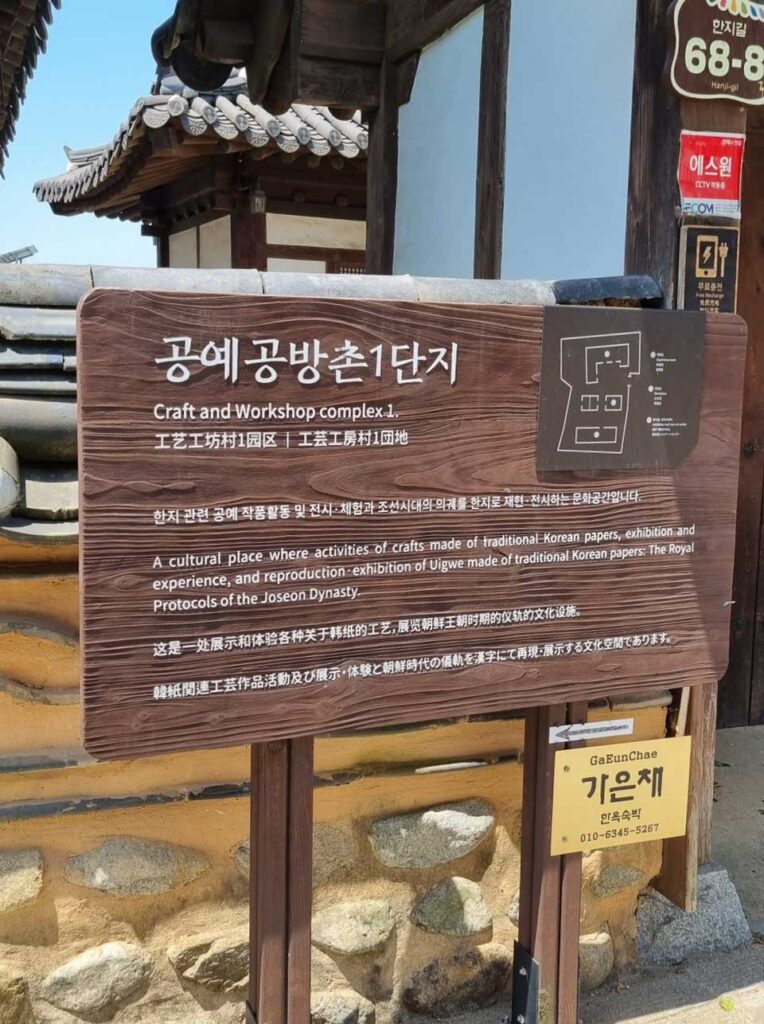
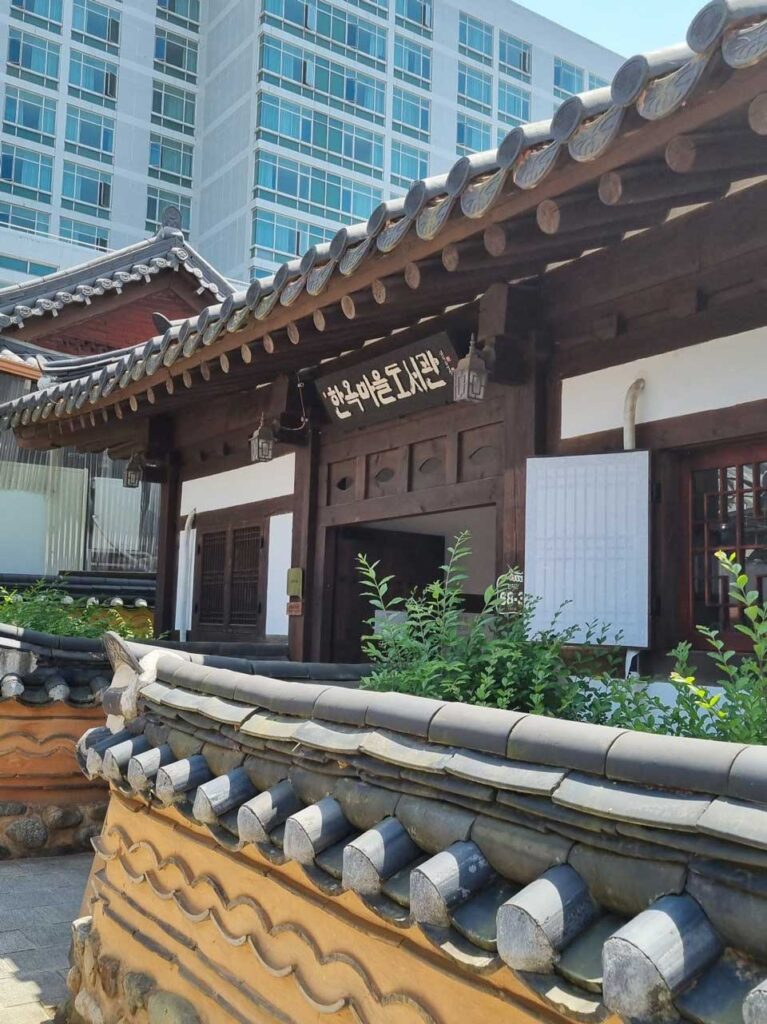
As you walk past Seungkwangjae, the path leads to various sights, including the Craftsmen’s Village, an artisans’ community, and the Jeonju Hanok Village Library, which was inaugurated in 2022.
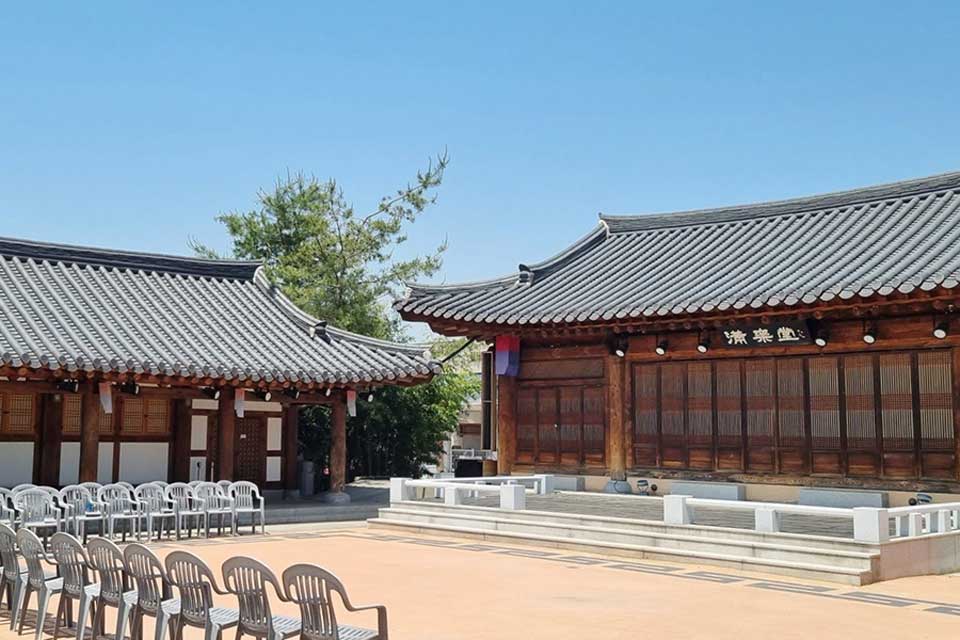
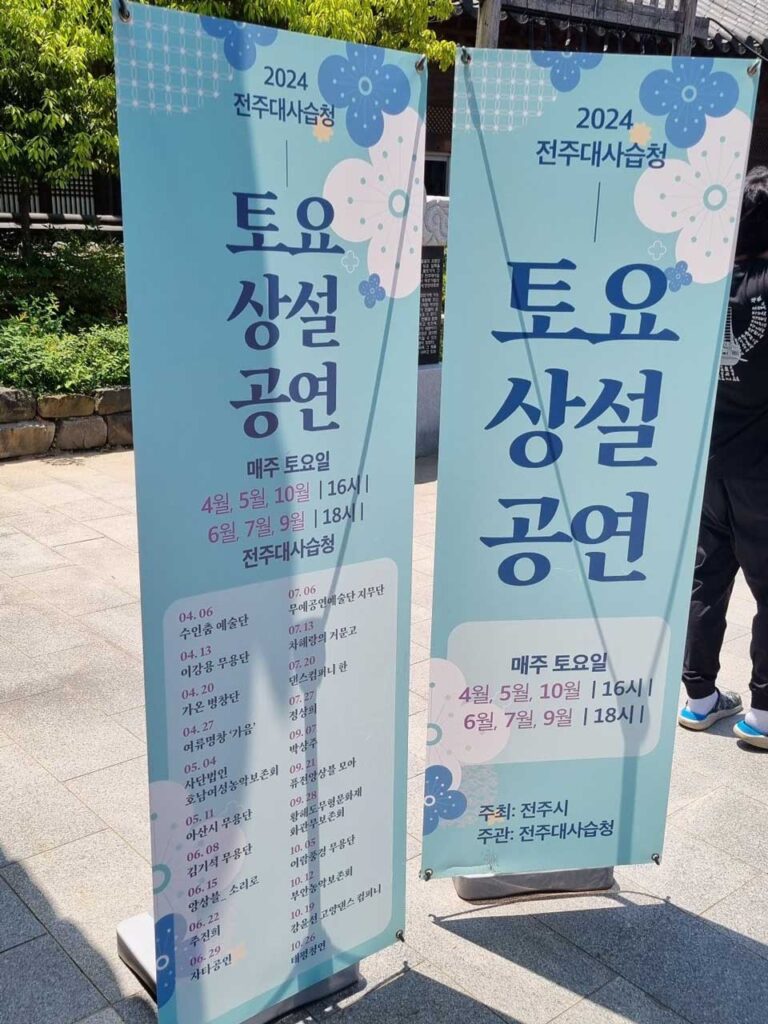
During our walk through the alleys, we also visited ‘Jeonju Daesasupcheong,’ a facility committed to preserving the Jeonju National Gugak Competition, a tradition that started during King Sukjong’s reign.
Korea’s premier traditional music competition, Jeonju Daesasupnori National Contest, kicks off with an opening ceremony at Jeonju City Hall on May 18 (Saturday) and will feature performances at Jeonju Daesasupcheong on May 23 (Thursday).
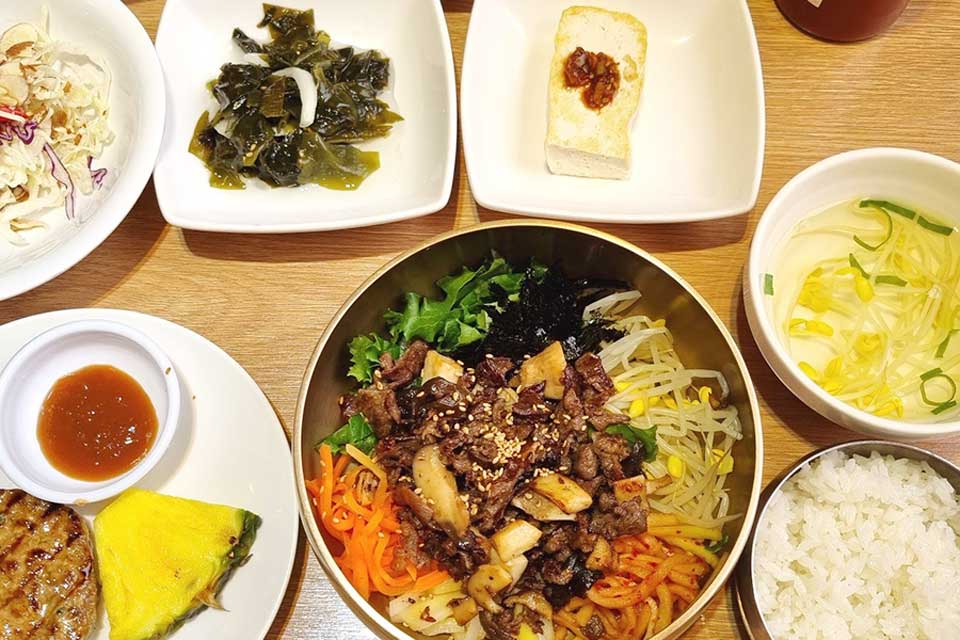
After our exploration of the Hanok Village alleys, there’s a lunch break where everyone is free to dine at their preferred locations before regrouping in front of the bus.
3. O Sung Hanok Village
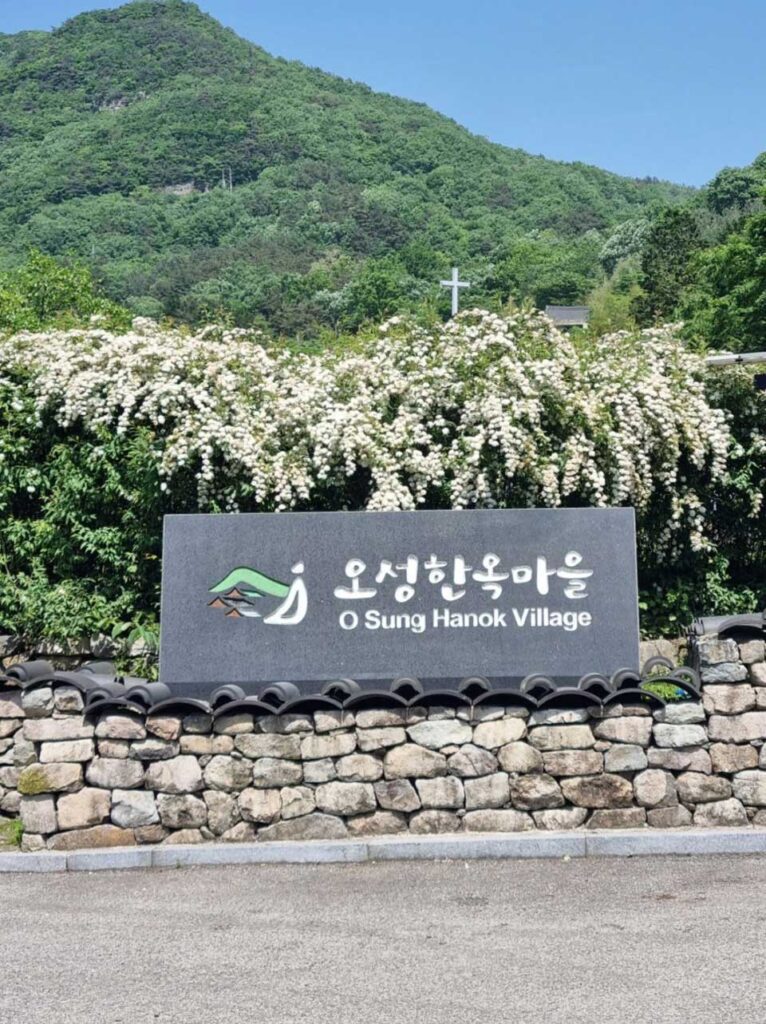
We’ve arrived at O Sung Hanok Village in Soyang-myeon, Wanju County!
Surrounded by Jongnamsan and Wibongsan mountains, this village boasts about 20 traditional Hanok houses.
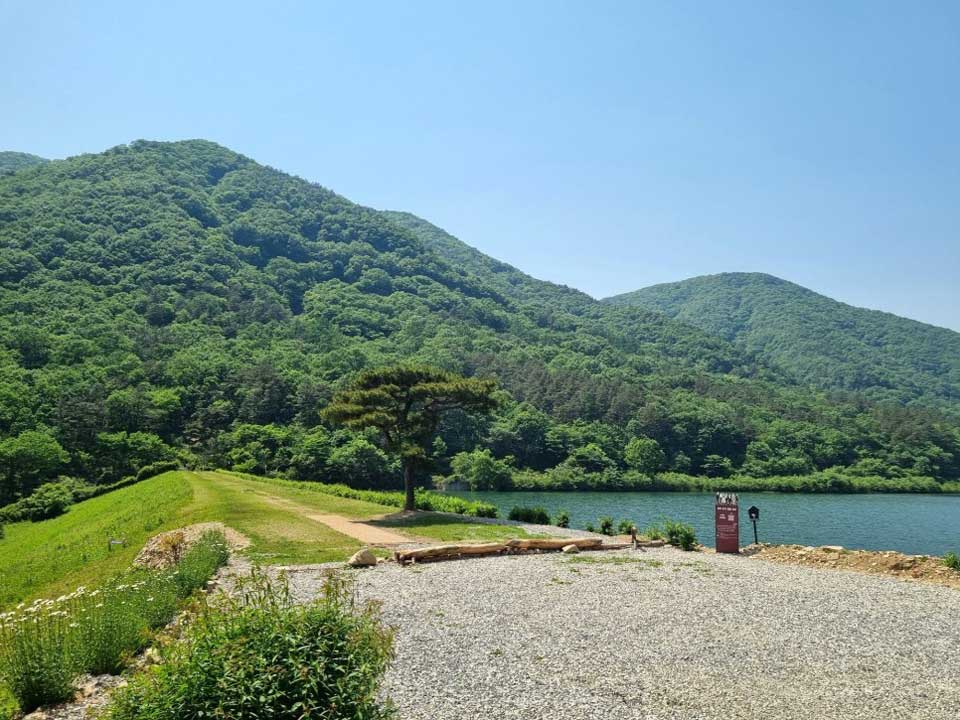
This area features the Osungje Reservoir and a walking path along the Osungje Embankment.
The expansive greenery, with Jongnamsan as the backdrop, was absolutely stunning and became the highlight of my visit!
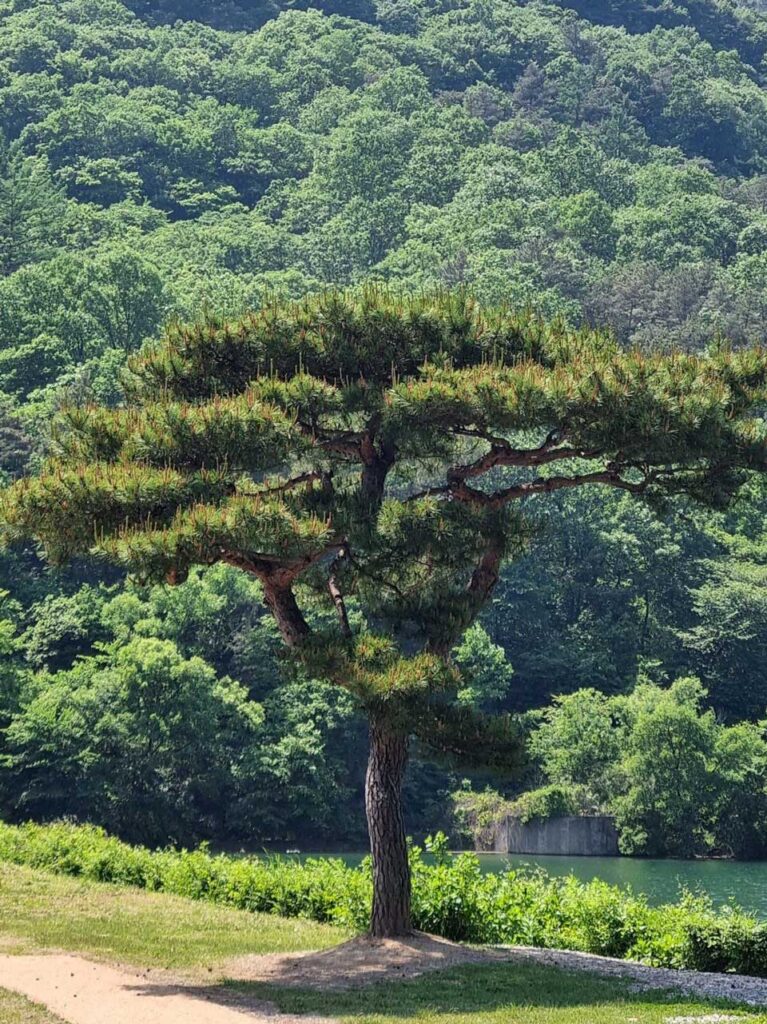
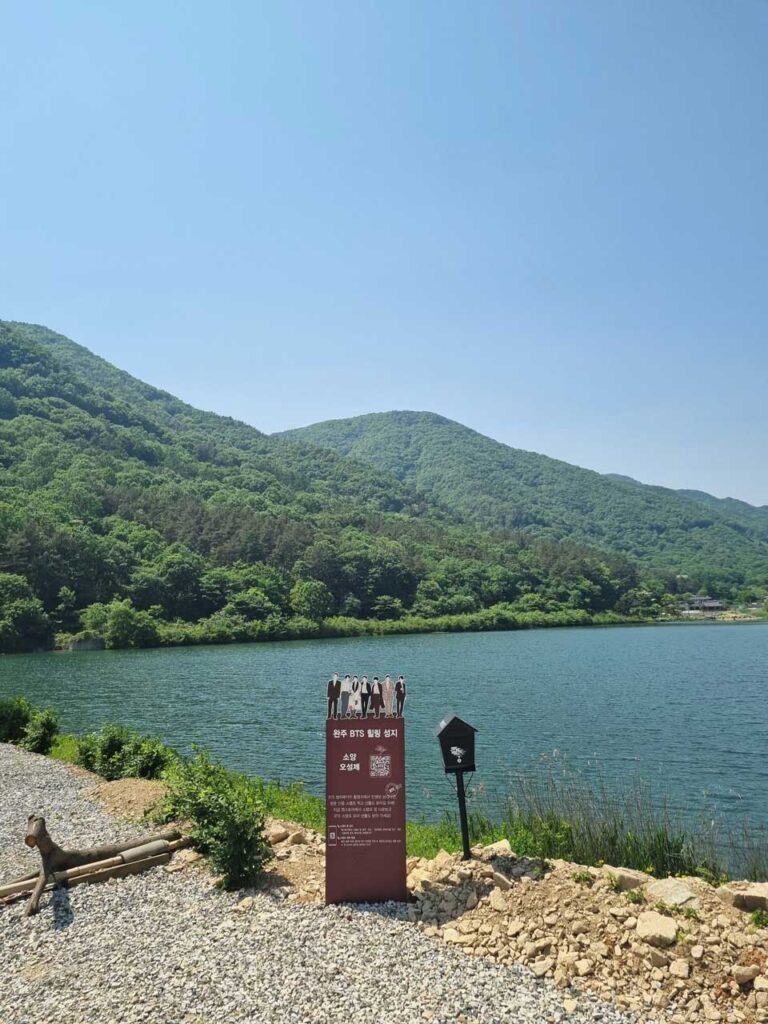
his location has gained fame as a shooting site for a BTS music video, drawing numerous visitors.
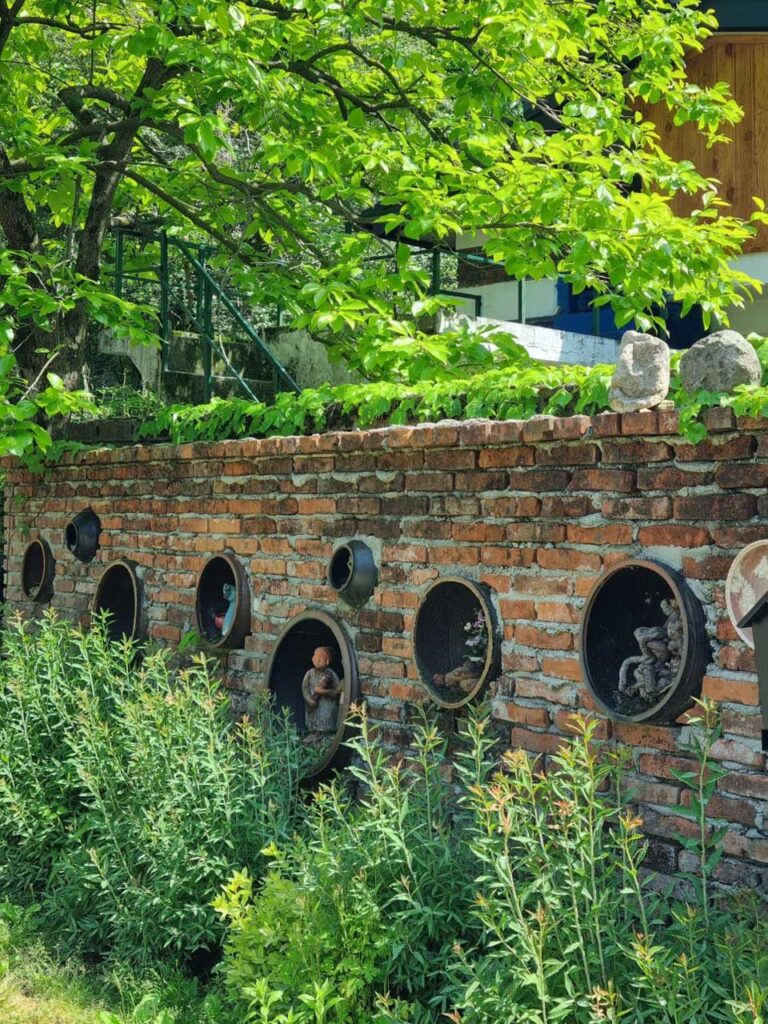
The ‘Towoo Gallery’ at O Sung Hanok Village displays art installations created by the residents.
Inside a repurposed traditional storage jar, there are pottery and crafts made by the villagers, contributing to the quaint ambiance of O Sung Hanok Village.
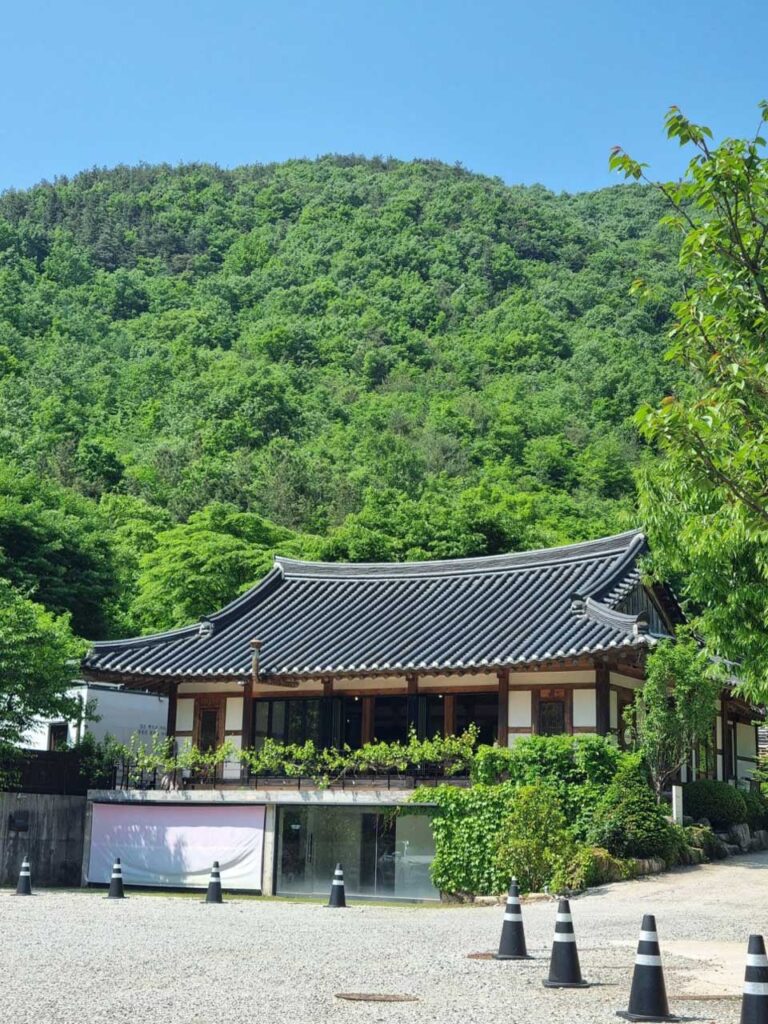
Dubhe Cafe,’ ‘Peullikeo Bookstore,’ and ‘Soyang Hanok,’ a traditional lodging, are all cafes that have both preserved and modernized the existing traditional Hanok houses in the village.
The roofs and pillars preserve the authentic Hanok architectural style.
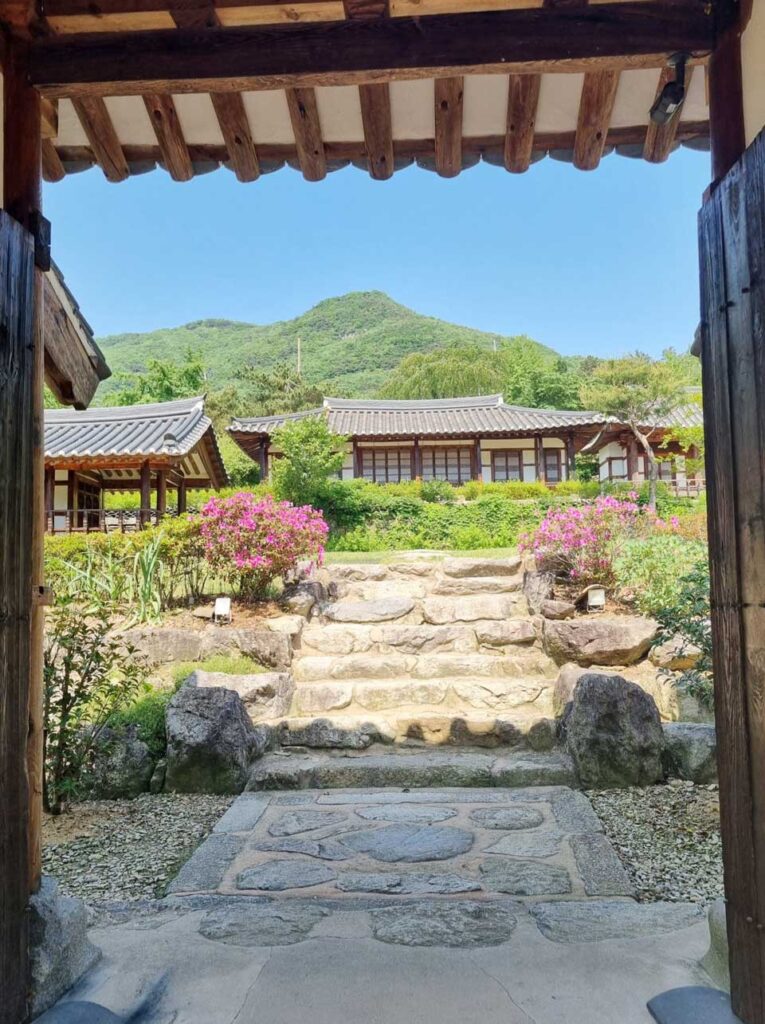
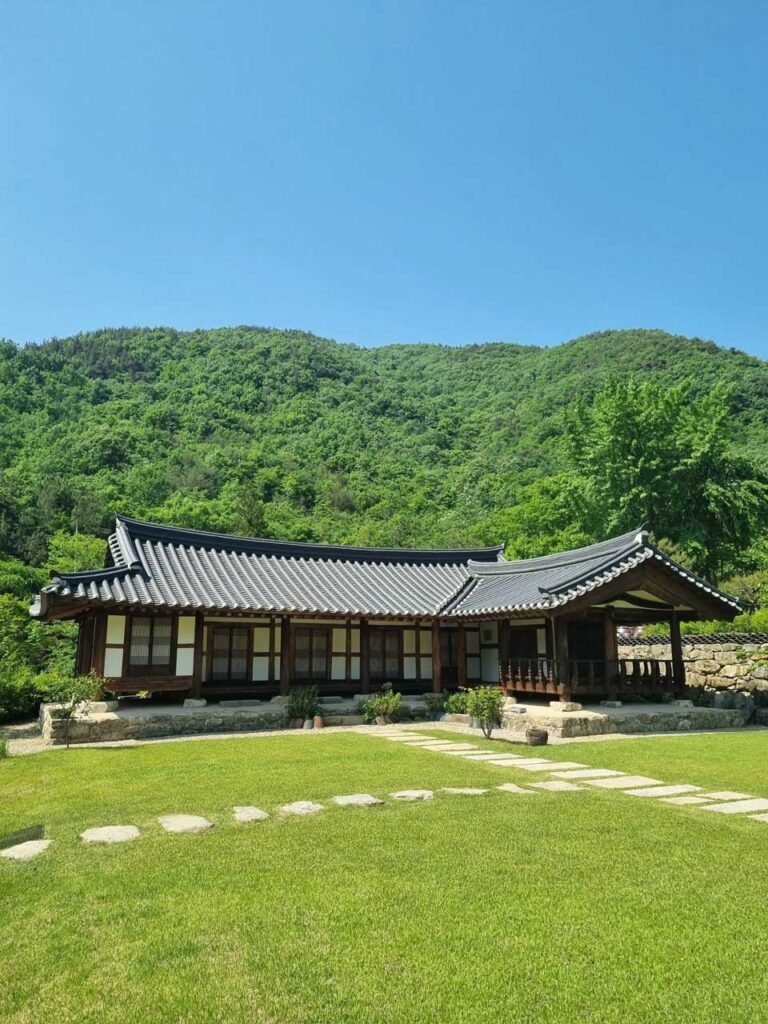
On May 18 (Saturday) to May 19 (Sunday), the <6th Open Garden Festival> will take place at O Sung Hanok Village!
The festival will offer a variety of activities including busking, exhibitions, tea ceremonies, and keyring making, spread throughout Osungje, including its grassy courtyard. It’s a great opportunity to visit this weekend!
4. Samnye Culture Art Village
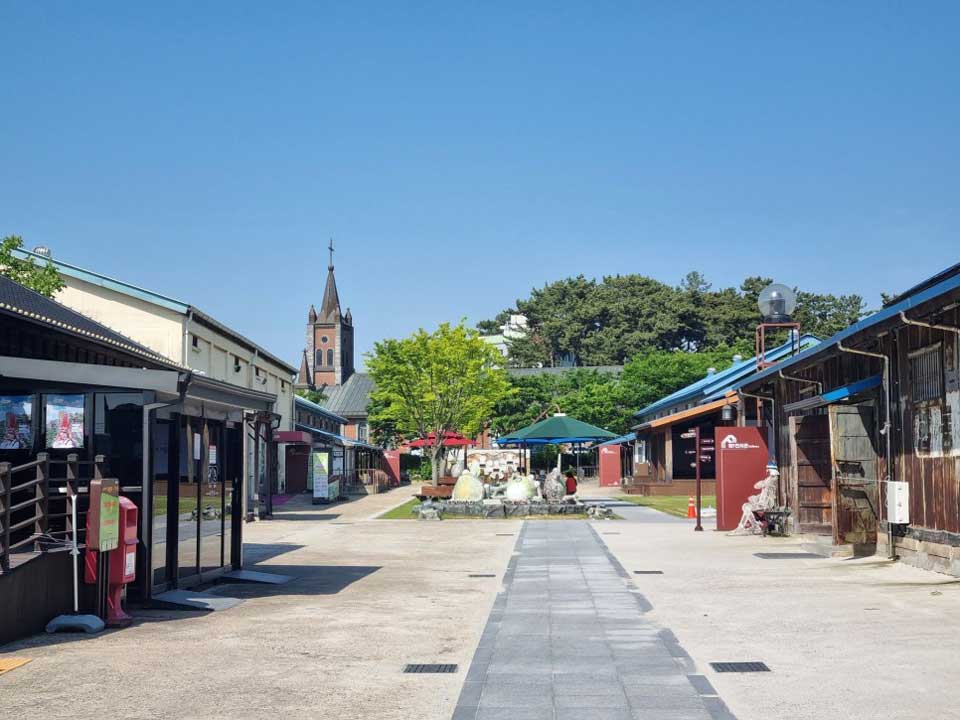
Samnye Culture Art Village was originally a grain warehouse during the Japanese occupation, used to exploit grain from the Honam region.
After liberation, it functioned as a storage facility for the local agricultural cooperative until 2010. Today, it has been transformed into a cultural and arts village, consisting of 11 buildings designed to revitalize the area.
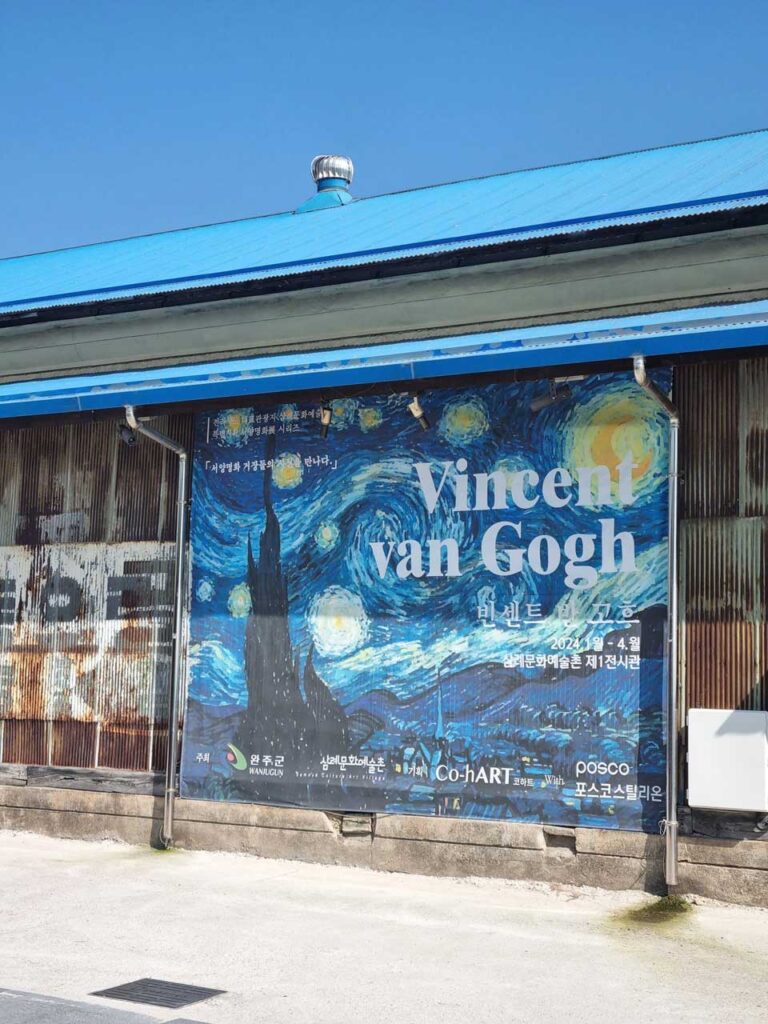
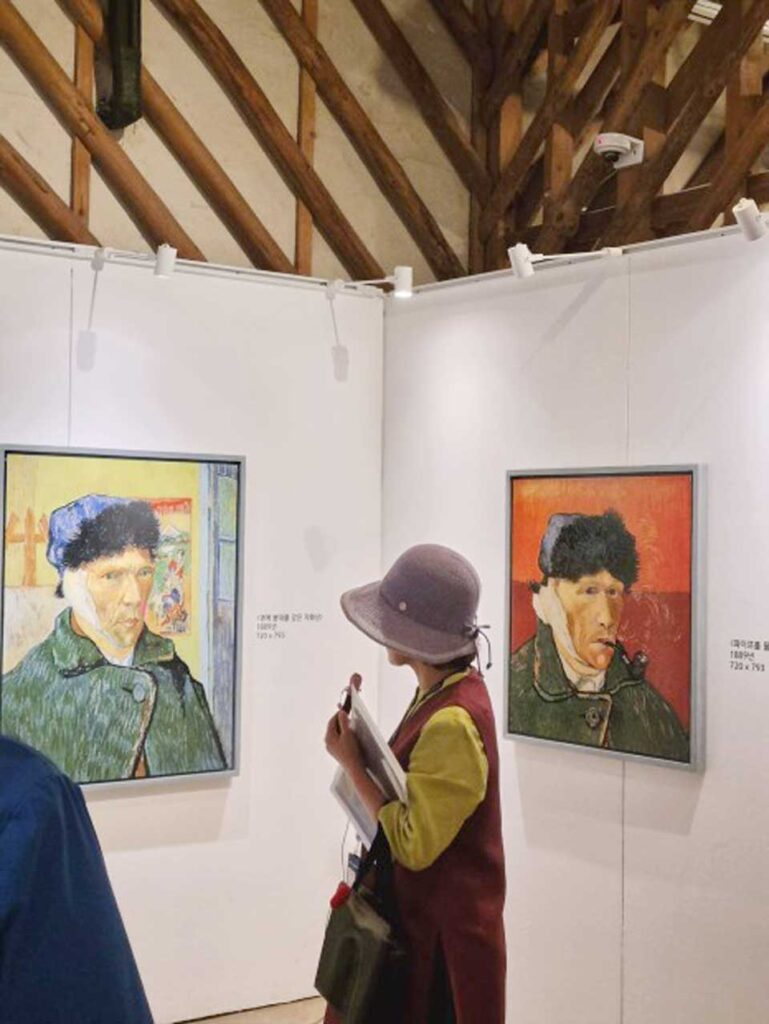
An exhibition featuring Vincent van Gogh was held at the first exhibition hall, closest to the entrance.
This exhibition, initially scheduled to conclude in April, was extended until May due to its popularity with tourists.
Visitors coming with the Jeonju-Wanju City Tour Bus can enjoy a richer experience, thanks to detailed explanations provided by a guide.
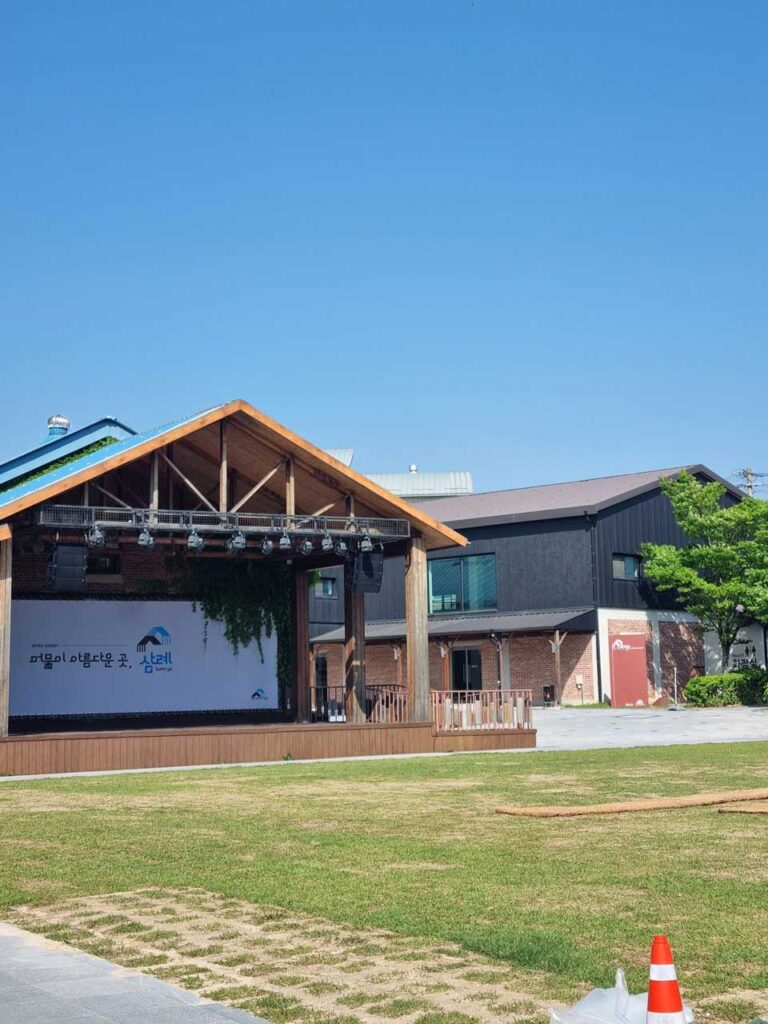
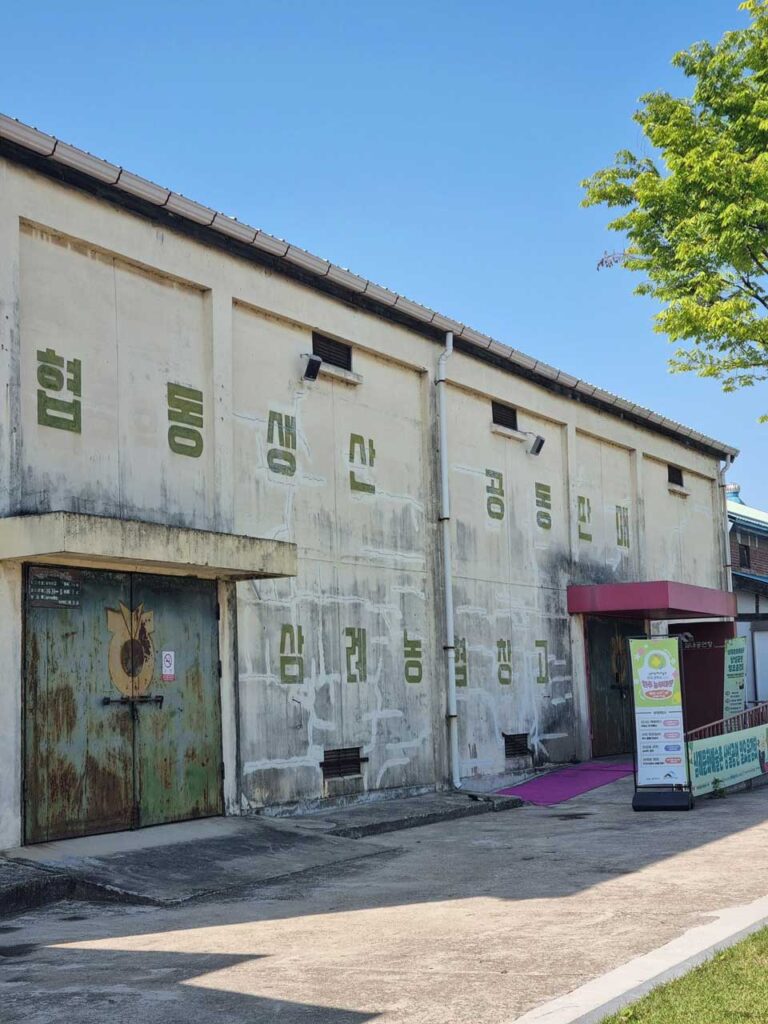
The village features various spaces such as an outdoor stage, a grassy courtyard, a roastery cafe, and exhibition halls, making it a popular venue for local events.
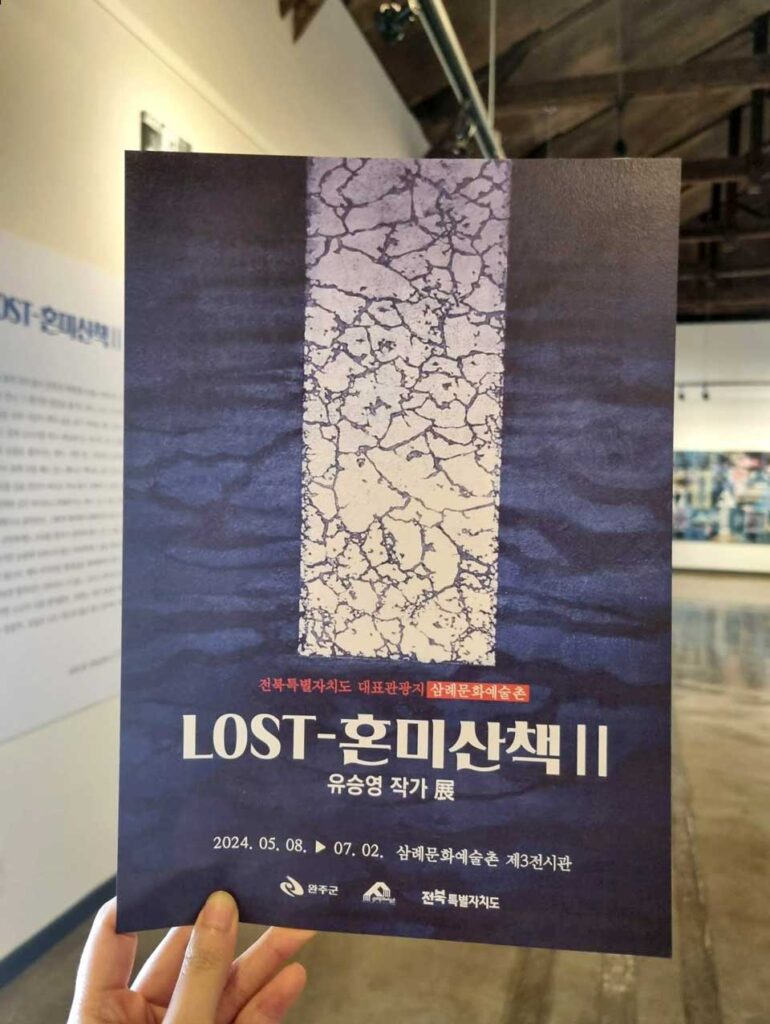
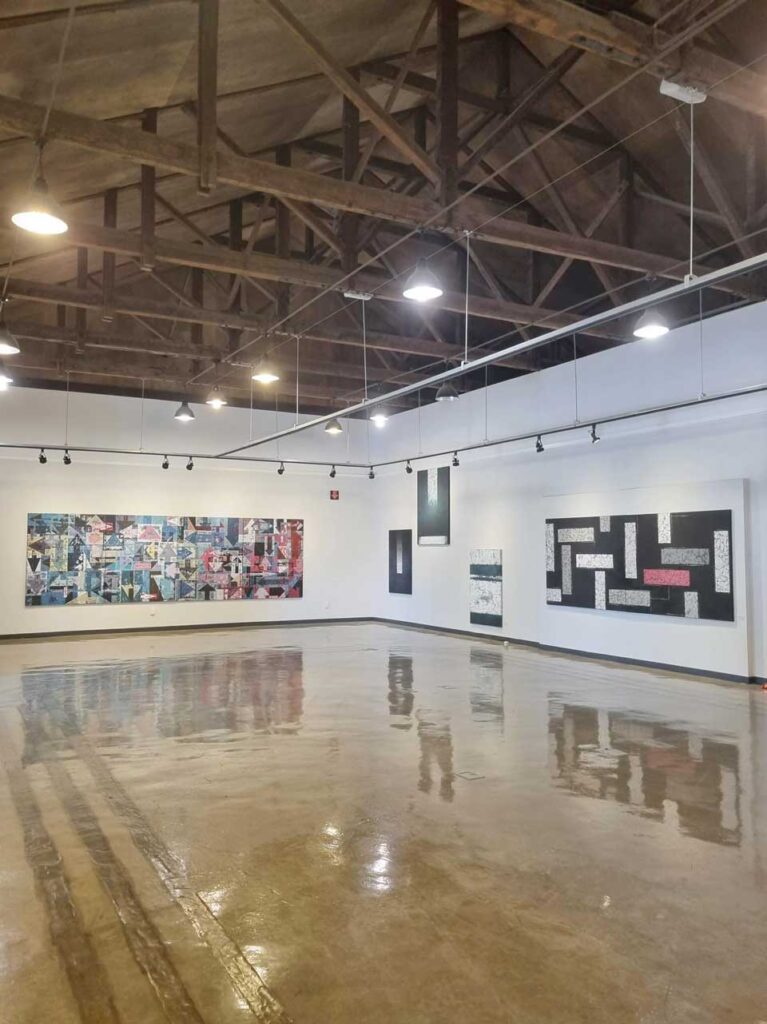
The third exhibition hall is currently hosting an exhibition of works by local artists.
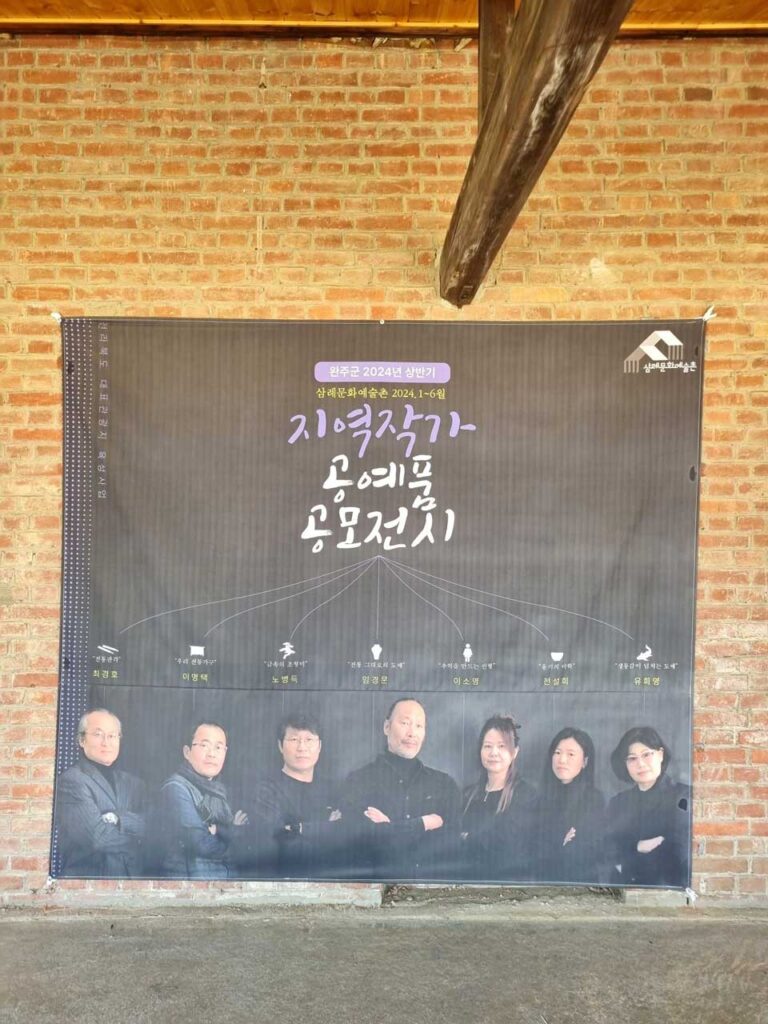
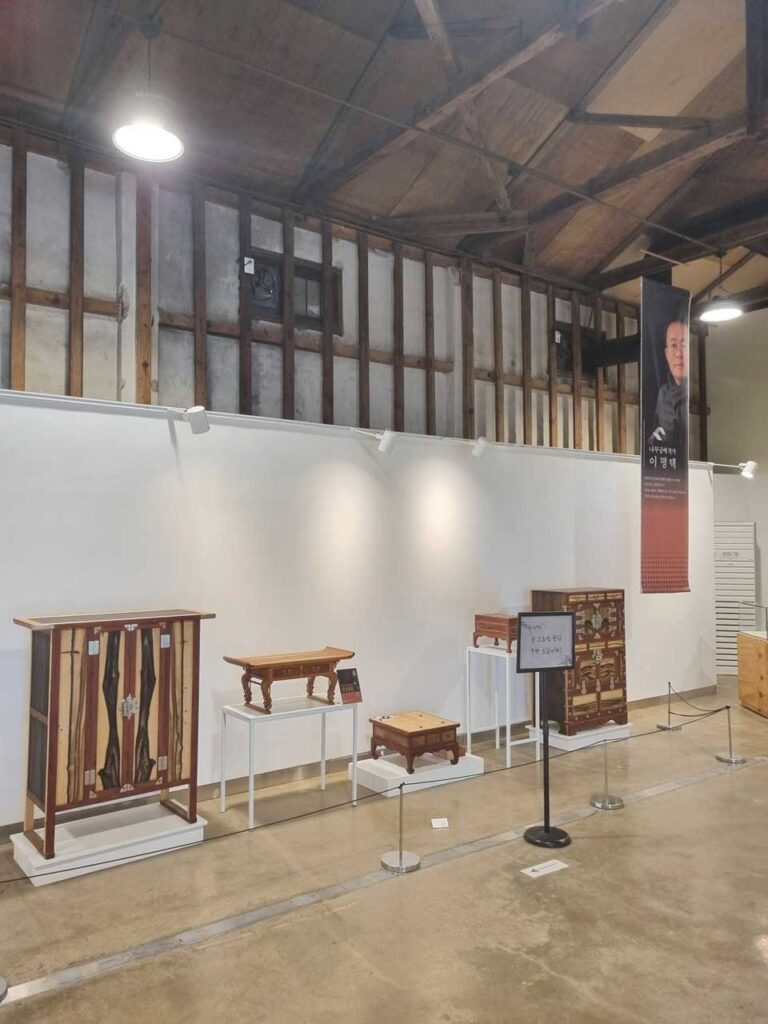
The fourth exhibition hall serves as a community crafts exhibition, displaying crafts and collections of coins from around the world.
5. Bibijeong Pavilion
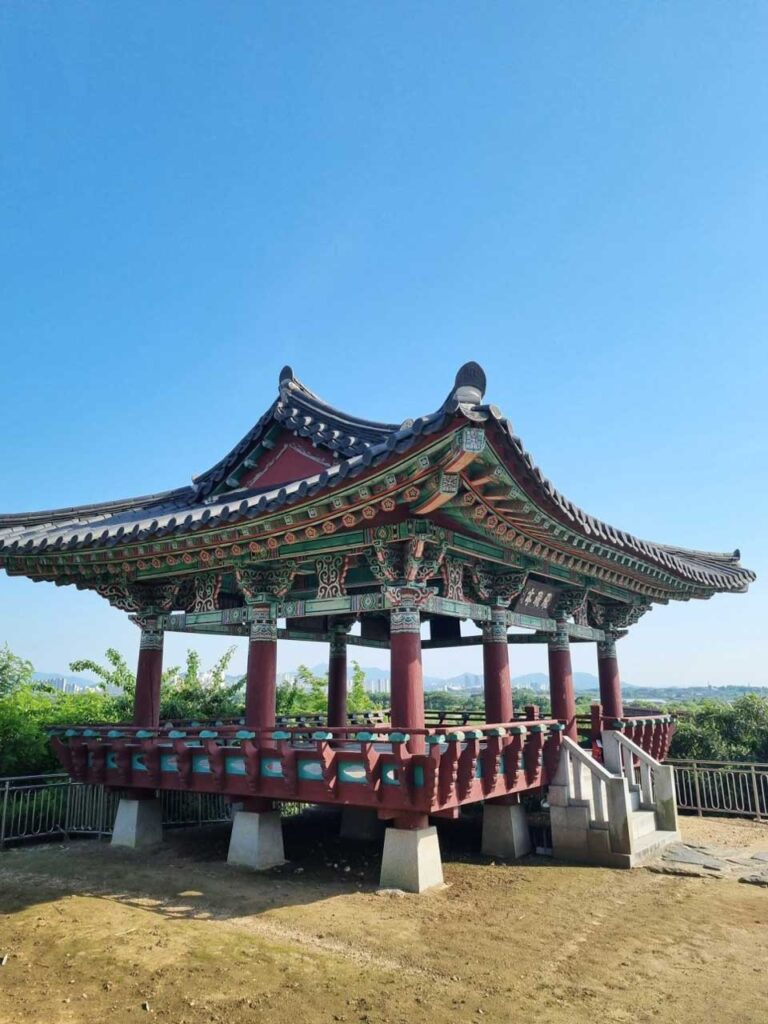
Bibijeong Pavilion is a gazebo from the Joseon era, constructed to enjoy the views of the Honam Plains and the Mangyeong River.
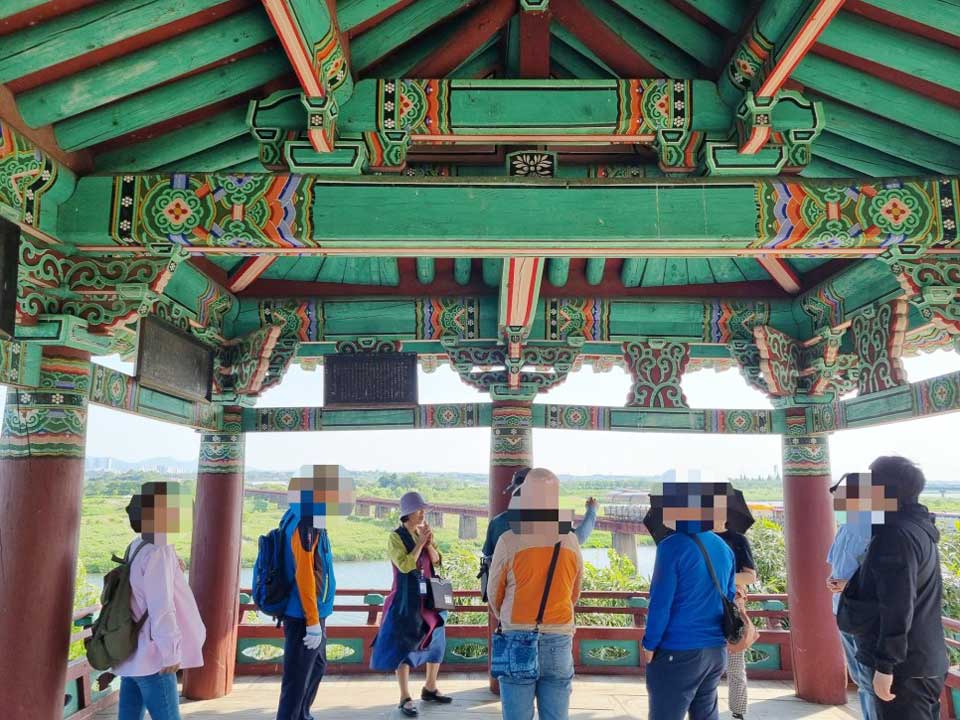
It is part of the ‘Eight Scenic Views of Wansan,’ named ‘Bibinak-an,’ which was inspired by the leisure activity of watching flocks of geese from this gazebo.
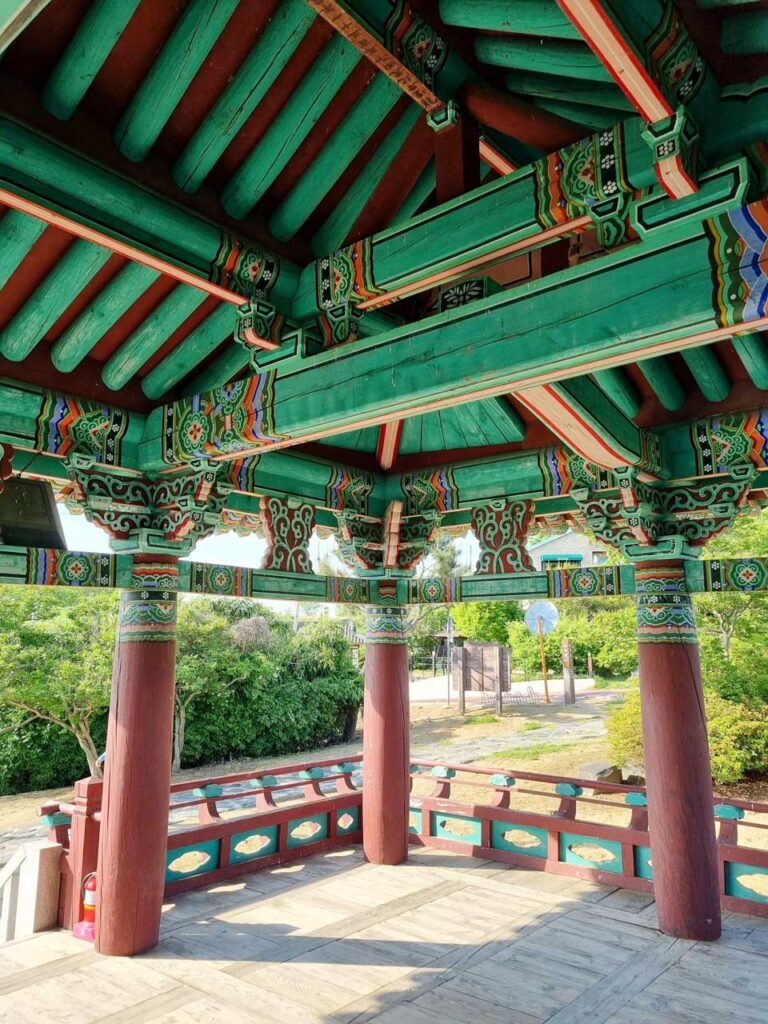
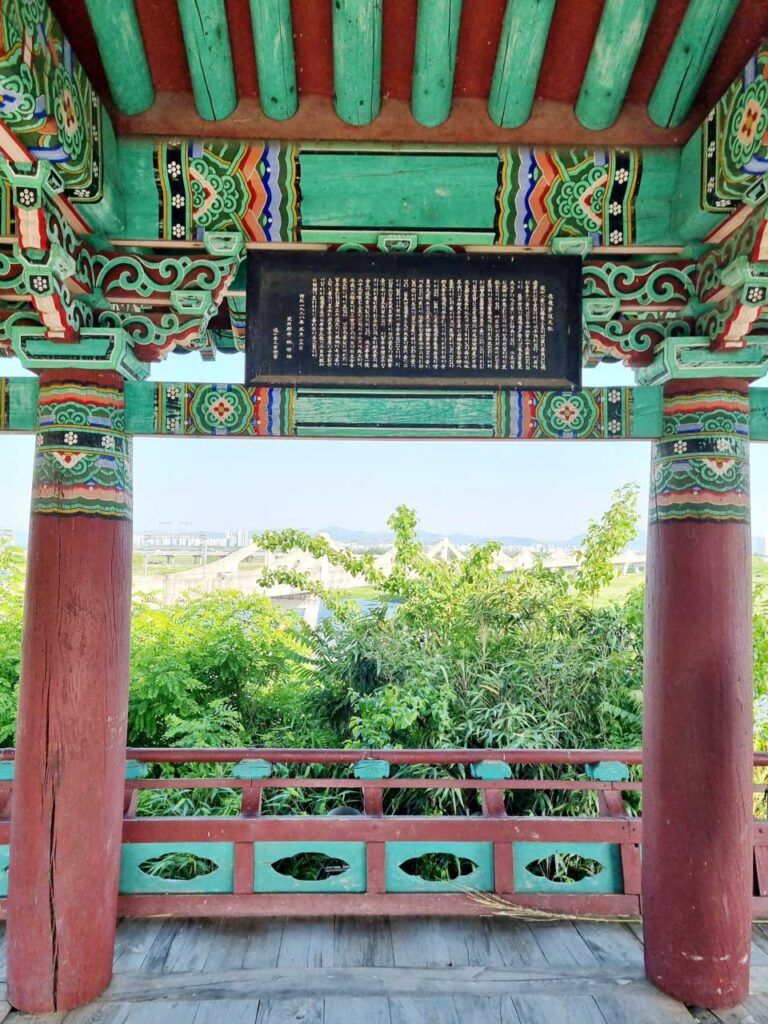
A place for enjoying culture and leisure, it is surrounded by stunning scenery and is blessed with cool breezes.
In the past, there was a sandy beach and shoreline near the Mangyeong River, just below the pavilion.
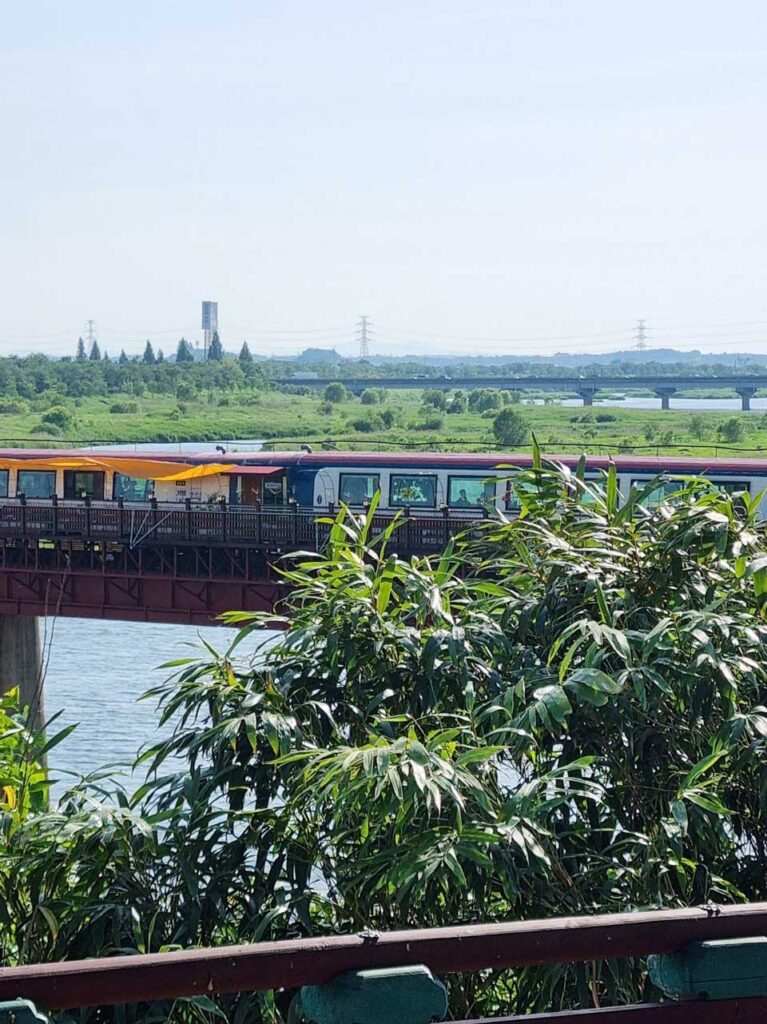
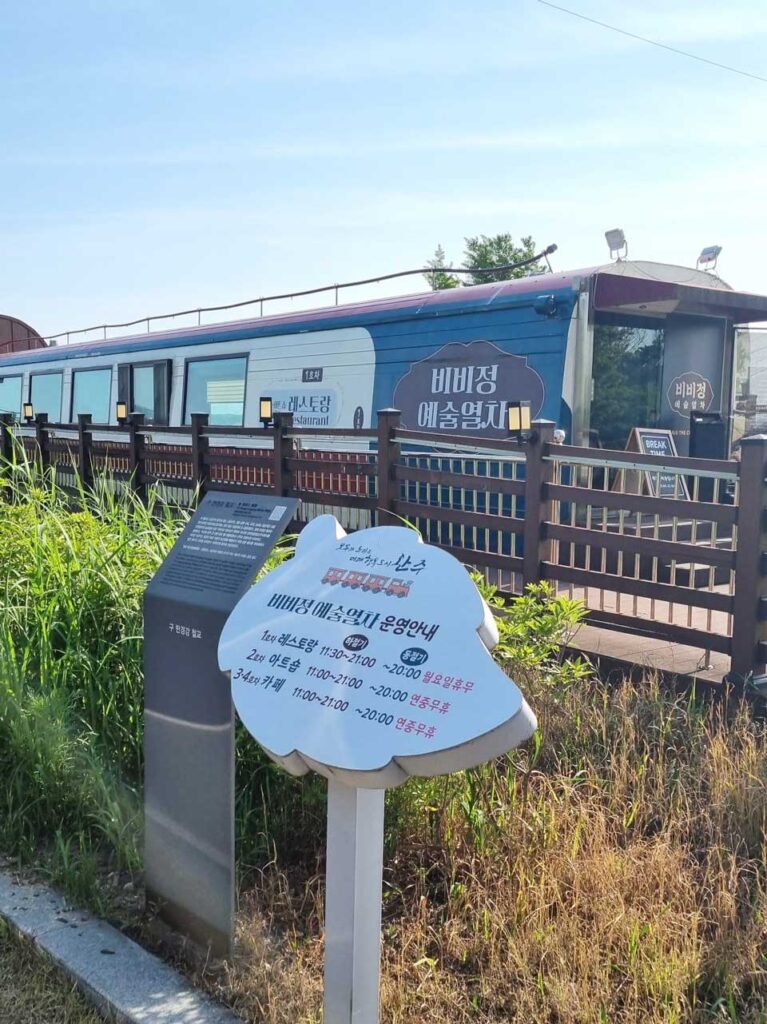
The ‘Bibijeong Pavilion Railway Track’ visible from the pavilion was originally used during the Japanese occupation to transport grain stored in the old grain warehouse of Samnye Culture Art Village.
The old railway and train have been converted into a restaurant and cafe, now a popular destination for many tourists.
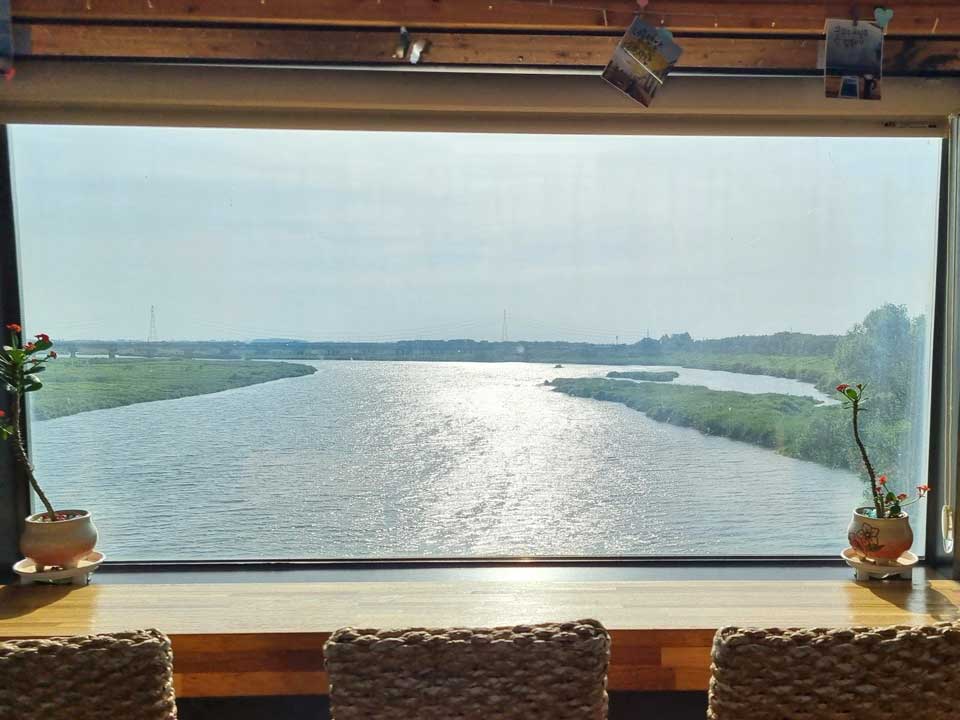
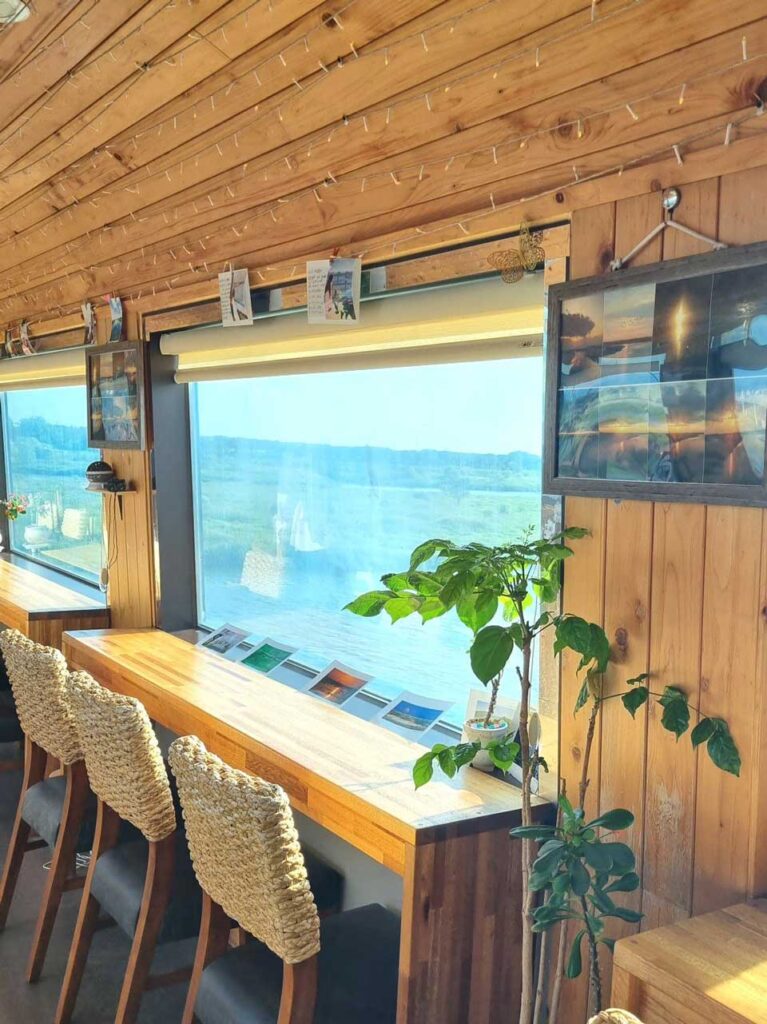
The view from inside the train cafe was truly beautiful!
It’s said to be even more stunning at sunset, so I’m eager to visit again during that time!
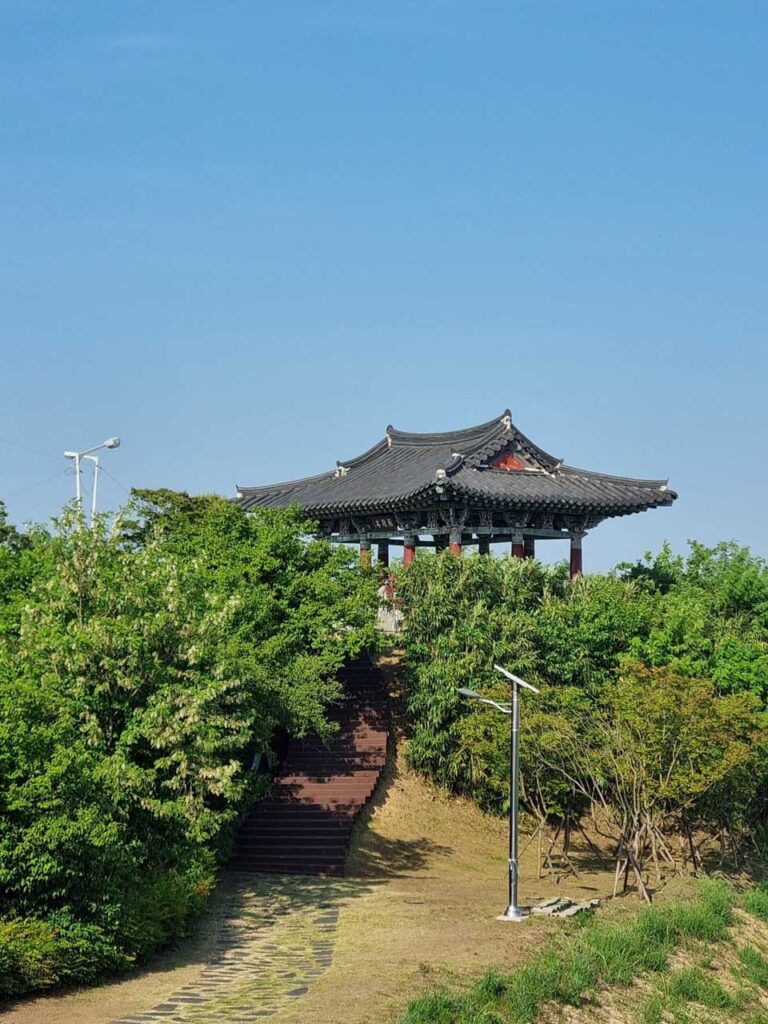
From the railway, you can see Bibijeong Pavilion, the Mangyeong River, and the Mangyeong River Railway Bridge that extends to Yeosu!
The blend of sky, greenery, and river creates a harmonious scene, providing the perfect climax for the final course of the Jeonju-Wanju City Tour!
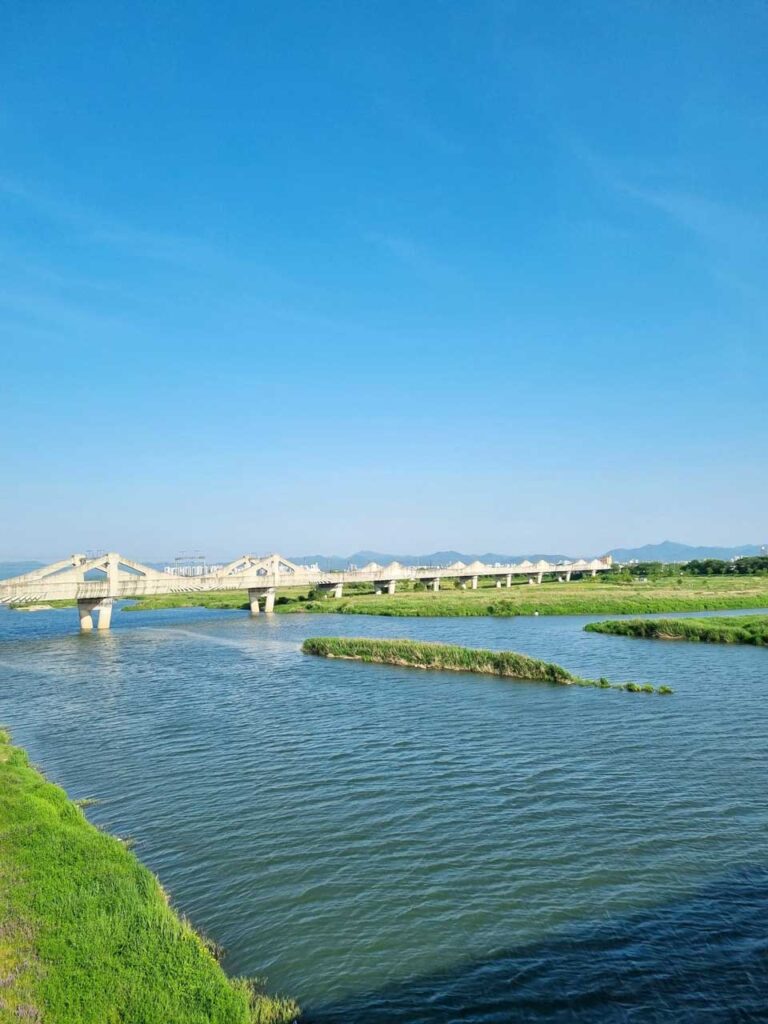
Having bus tours available was particularly convenient, as places like Soyang, Samnye, and Bibijeong Pavilion can be difficult to reach without a personal vehicle, even for locals in Jeonju!
Having a guide at each tourist spot was very helpful – listening to various stories and learning about the history made the tour both informative and enjoyable.
I would highly recommend this tour to both visitors and locals in Jeonju who wish to explore Jeonju and Wanju’s key attractions all in one day, from 9:30 AM to 6:00 PM.
📍 Factory of Contemporary Arts in Palbok 46 Guretdeul 1-gil, Deokjin-gu, Jeonju-si, Jeollabuk-do
📍 Jeonju Hanok Village 99 Girin-daero, Wansan-gu, Jeonju-si, Jeollabuk-do
📍 O Sung Hanok Village 996 Daeheung-ri, Soyang-myeon, Wanju-gun, Jeollabuk-do
📍 Samnye Culture Art Village 81-13 Samnyeyeok-ro, Samnye-eup, Wanju-gun, Jeollabuk-do
📍 Bibijeong Pavilion 73-21 Bibijeong-gil, Samnye-eup, Wanju-gun, Jeollabuk-do

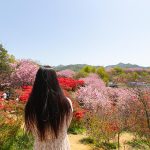
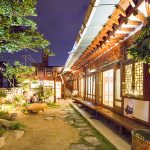

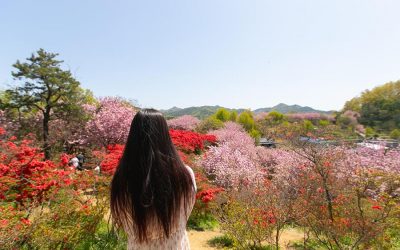

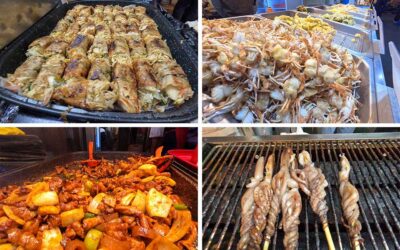
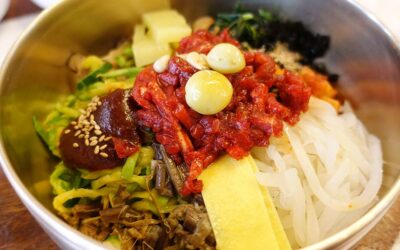
Recent Comments